
The manhattans discography torrent download - remarkable idea
The 100 Jazz Albums That Shook The World
Barely a month goes by without magazines, newspapers or TV programmes pushing yet another poll of the 100 greatest whatever. Jazz, of course, rarely gets a look-in. So, we thought that to celebrate the hundredth issue of your favourite magazine we’d take that perilous step to announce what we think are the 100 Jazz Albums That Shook The World. Not just another “greatest jazz albums” list of favourite recordings and biggest sellers but a fully annotated look at the albums that actually changed jazz, changed lives and brought the music kicking and screaming into the new millennium.
Just to give you some idea of how we drew up the criteria for this list: long-playing vinyl records began to appear in the US at the tail end of the 1940s, first in a 10” format, then by the mid-1950s in what became the standard 12” format that still persists today alongside CDs, which first appeared in the mid-1980s. Albums became an increasingly important way for musicians to communicate with the wider world beyond the smoke and limitations of the night club circuit. With an active critical fraternity already analysing the music’s every move, by the time records such as Saxophone Colossus turned up in 1956, the ability of a record to influence the entire direction of the music came centre stage.
By the 1960s and 70s, things had only intensified on this front, with albums by leading players and breakthrough artists becoming major events, not only for the media feasting on them but for the fans, many who had come to the music from a flourishing progressive rock scene that thrived on such things. After jazz and marketing embraced one another in the 1980s and 90s, this became even more pivotal and inter-related. New waves of scorchingly impressive musicians arrived at the gates to deliver their own challenges as the music moved inexorably beyond its American roots to go truly global.
The 100 jazz albums that shook the world was conceived and compiled by Jon Newey and Keith Shadwick with contributions from Stuart Nicholson, Brian Priestley, Duncan Heining, Kevin Le Gendre, Charles Alexander, and Tom Barlow.
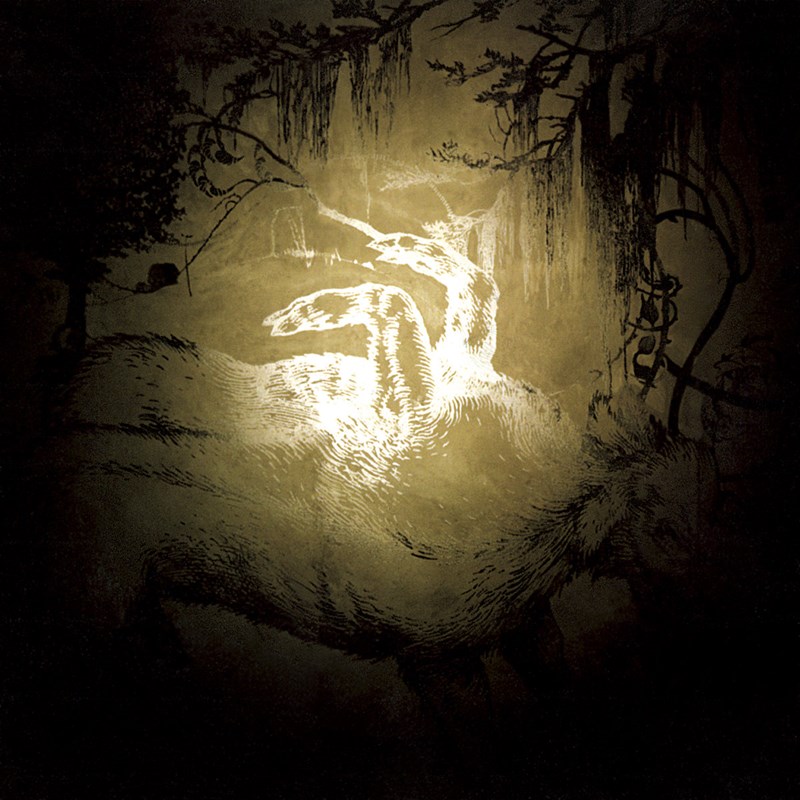
Sebastian Rochford (d), Pete Wareham, Mark Lockheart (ts), Tom Herbert (b), Leafcutter John (programming) plus Jonny Philips (g), Ingrid Laubrock (ts), Joe Bentley (tb), Emma Smith (v) and Hannah Marshall (c). Rec. 2004-2005
Such was the brilliance of Polar Bear’s Held On The Tips Of Fingers, the band’s second release, it almost won the 2005 Mercury Music Prize. Not only the most gifted jazz drummer of his generation, bandleader Sebastian Rochford crafted sublimely original chamber music. A stylistic crossroads where folk, avant-jazz, electronica and raw punk co-existed, Rochford’s music was aptly called “the sound of the future” even though it betrayed a love of Ellington, Monk and, yes, Napalm Death. Held On The Tips Of Fingers twisted in digital trickery to a frontline of heavyweight tenor saxophonists, dazzling with folksy anthems such as ‘Bear Town’ or the drum ’n’ bass drenched ‘Fluffy’. Groundbreaking, it gave young British jazz bands the guts to label themselves like rock bands and to stretch beyond their comfort zones. (TB)

Ethan Iverson (p), Reid Anderson (b) and Dave King (d). Rec. 2003
Very few jazz groups today set out to mess with your head. You know, get inside there, push the furniture over, chuck things out of the window and generally make a nuisance of themselves. That’s what’s so refreshing about the Bad Plus. They barge in, do things a jazz piano trio isn’t supposed to do, such as play Blondie’s ‘Heart of Glass’ or Kurt Cobain’s ‘Smells Like Teen Spirit.’ To get inside these songs, and their own well thought-out originals, they may inflict a bit of grievous bodily harm on the musical structures, but at least they give you a musical experience you won’t forget easily. (SN)
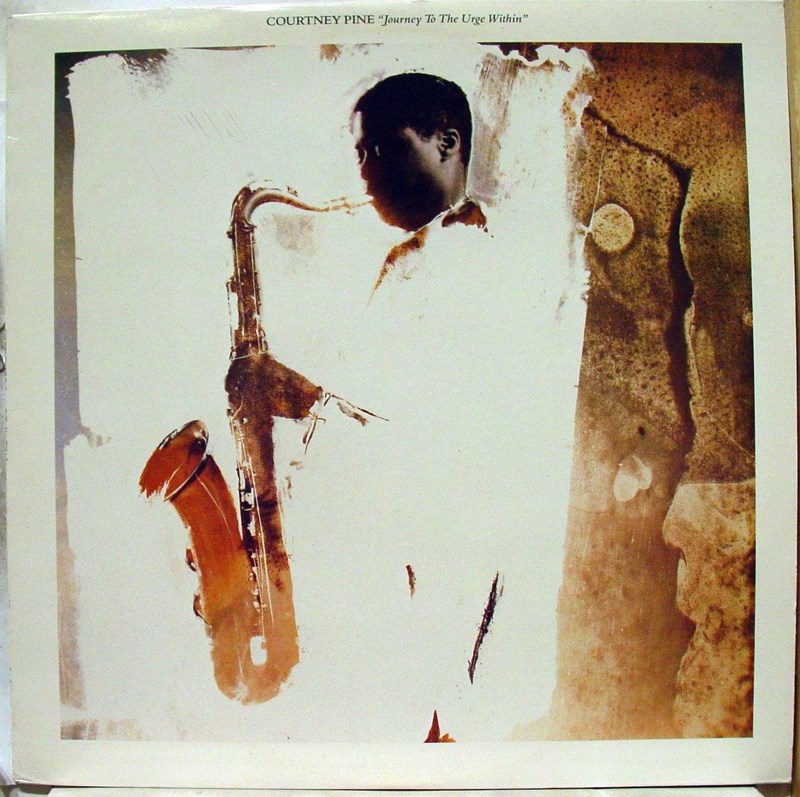
Courtney Pine (ts, ss, b-cl), Kevin Robinson (t), Ray Carless (bar s), Orphy Robinson (vb), Julian Joseph (p), Roy Carter (ky), Gary Crosby (b), Mark Mondesir (d), Cleveland Watkiss and Susaye Greene (v). Rec. 1986
Journey to the Urge Within heralded the arrival of Courtney Pine at the head of a new generation of British jazz musicians. A pied piper who led British jazz out of the trough of despond after its brilliant flowering in the 1960s, he was compared to the charismatic Wynton Marsalis in the USA as a spokesman for a new breed of technically accomplished young jazzers. Pine’s music was powerful, intense and in the tradition of the great tenor saxophonists such as Coltrane and Rollins. Figuring in the Top 40, an unprecedented achievement for a British jazz album, it went silver, helping to trigger the 1980s jazz boom. (SN)
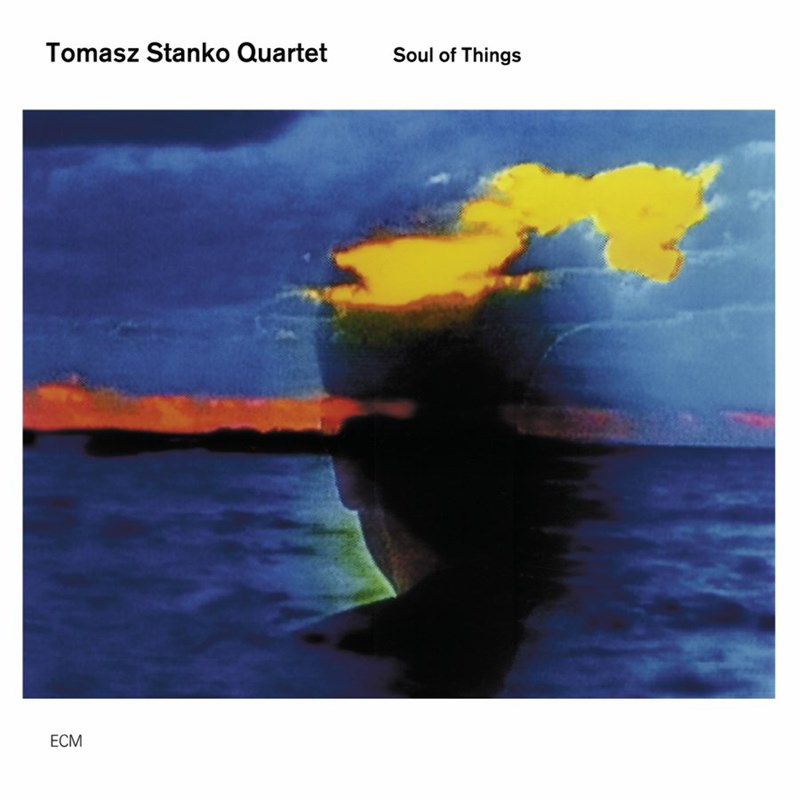
Tomasz Stanko (t), Marcin Wasilewski (p), Slawomir Kurkiewicz (b) and Michal Miskiewicz (d). Rec. 20I01
It could have been Stanko masterpieces Litania or Leosia that made this list, but Soul of Things, with a trio of young Polish musicians he mentored since their early teens, is his best selling album for ECM and more than any other brought him to the attention of international audiences. It also contributed to the growing awareness outside Europe, particularly in the United States, that important music was coming out of the old world. An album of precisely focused moods, fragments of melody are crafted into masterful compositions shaped by the timeless elegance of Stanko’s trumpet and the copacetic playing of his young protégés. (SN)
Buy album from Presto Jazz
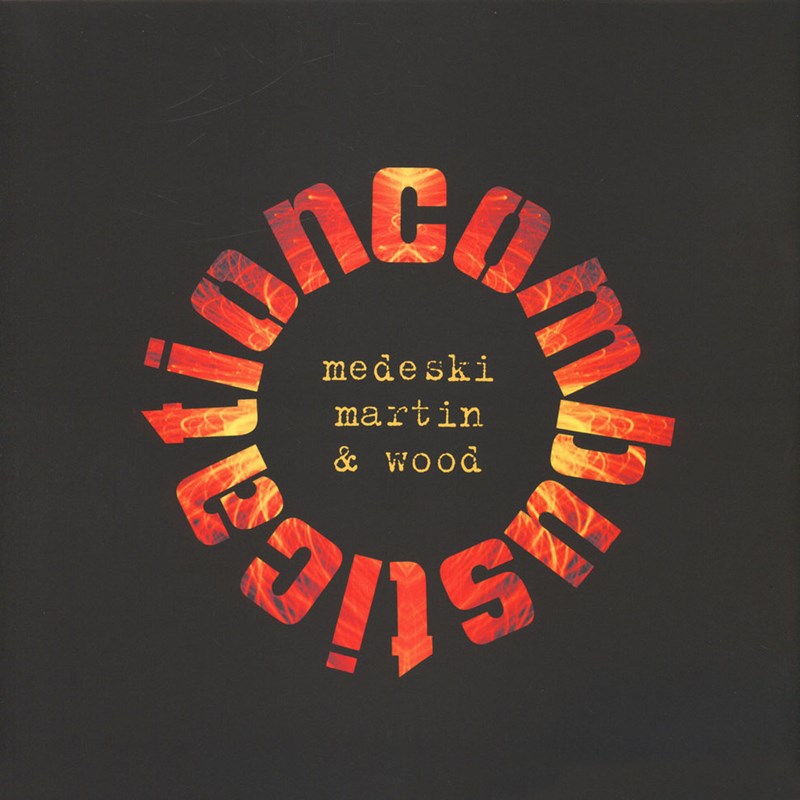
John Medeski (ky), Chris Wood (b), Billy Martin (d) and DJ Logic. Rec. 1998
Since the group’s formation in 1992, many welcomed Medeski Martin and Wood as a flight from a largely conservative jazz mainstream while others believed they’d flown the coop entirely. In their own way this Hammond B-3 organ trio of the sort that has been around in jazz for at least 50 years pushed at the boundaries of jazz with rollicking grooves and extended keyboard improvisations. This might be edgy music, but it is body music just the same, try ‘Coconut Boogaloo’ or ‘Sugar Craft’ then see if you can stop popping your fingers. As they reveal here, they delight shaking up mainstream values by going back to the chicken shack, 21st century style. (SN)
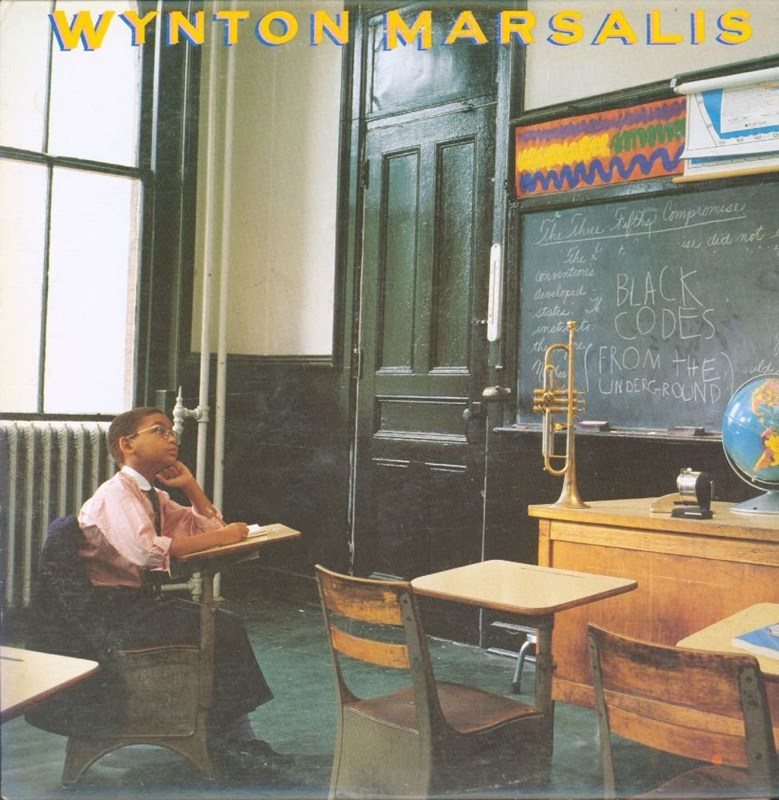
Wynton Marsalis (t), Branford Marsalis (ss, ts), Kenny Kirkland (p), Charnett Moffett (b) and Jeff Watts (d). Rec. 1985
Black Codes marks the time in young Wynton’s career when he moved from being a Blakey/Hancock prodigy and started to stake out his own ground. This first batch of musical territory had already been trampled underfoot by various members of the Miles Davis and John Coltrane ascendancy, including both leaders, but Marsalis brings his own considerable musical personality to bear on the situation and plays with great invention throughout. He would shift from this base in future but this sets out his aesthetic stall nicely. (KS)
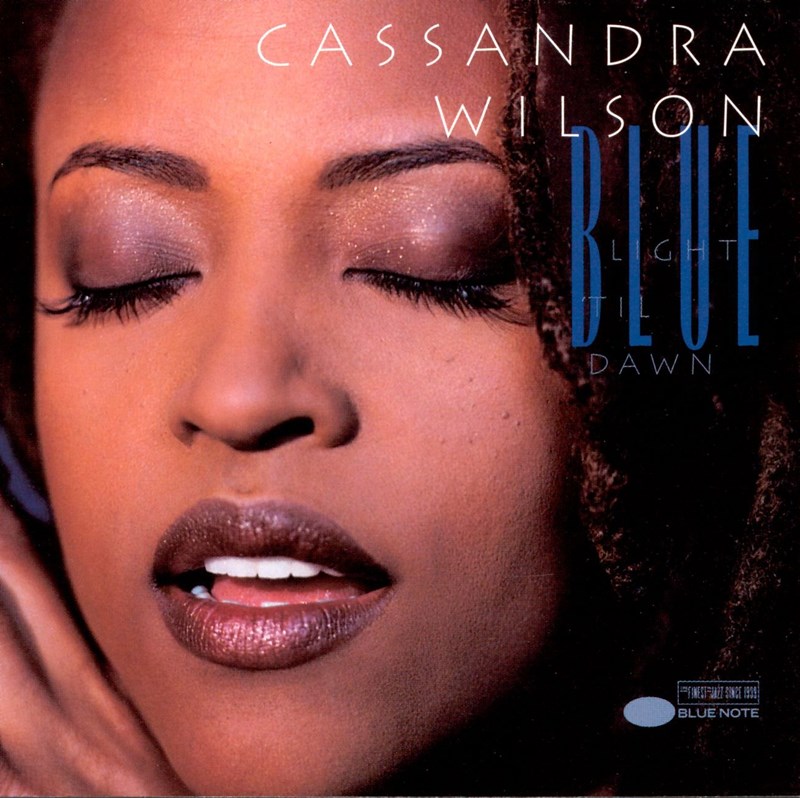
Cassandra Wilson (v), Charlie Burham (vn), Brandon Ross, Gib Walton, Chris Whitley (g), Kenny Davis, Lonnie Plaxico (b), Kevin Johnson, Lance Carter, Cyro Baptista and Bill McClellan (d, perc) plus others. Rec. 1993
Female jazz vocals had gone through many false dawns between the late 1960s and the arrival of Cassandra Wilson’s blue light in 1993. Jazz and blues roots have often been vocal starting points for revivals of every type, so it’s appropriate that Wilson, with her burnished alto voice, should reach in that direction to find not only a crossover audience but establish a new consensus alongside the Great American Songbook to underpin her artistic credibility. That she has more or less continued on that path suggests it works for her on every level. It also points the way for those who follow. (KS)
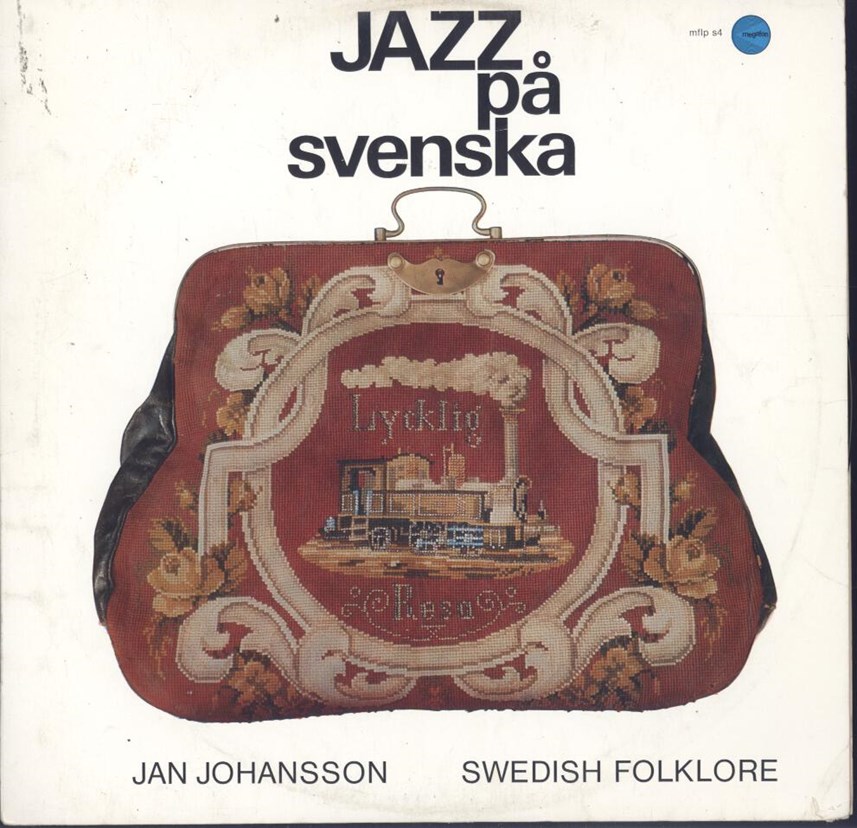
Jan Johansson (p) and Georg Riedel (b). Rec. 1962-64
A key recording that more than any other defined the Nordic Tone in jazz, a Scandinavian kind of blues that places intensity, tone, space and meaning ahead of virtuosic athleticism. Taking ages old Swedish folk melodies from Svenska Låtar and then interpreting them from a jazz perspective, Johansson’s carefully nuanced sound, the gradation of his touch, the exquisite detail of every note revealed by the meticulous recording quality captured a unique approach to jazz that has become widely influential. Players such as Mike Brecker, Tommy Smith, Jan Garbarek, Esbjörn Svensson, Tord Gustavsen all were to come under the spell of the Nordic Tone. (SN)
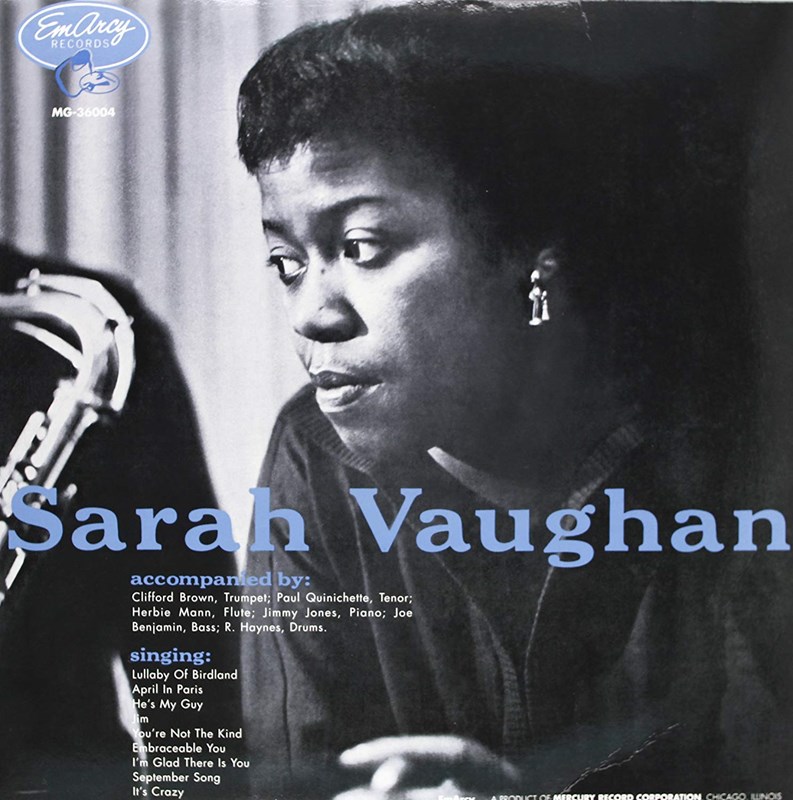
Sarah Vaughan (v), Clifford Brown (t), Herbie Mann (f), Paul Quinichette (ts), Jimmy Jones (p), Joe Benjamin (b) and Roy Haynes (d). Rec. 1954
Vaughan was a by-word for vocal worship among her peers and musical associates by the late 1940s, but little she recorded before this album consistently showed her true worth to jazz. Nestled in a sympathetic small-group setting, Sassy simply blossoms into an overwhelmingly seductive artist whose complete abandonment to her own idea of line and sound gives the listener a level of ecstatic pleasure delivered only by – well, by Sassy, Ella and Billie, truth be told. She may later have equalled this in other settings, but here the gauntlet was well and truly thrown down. (KS)
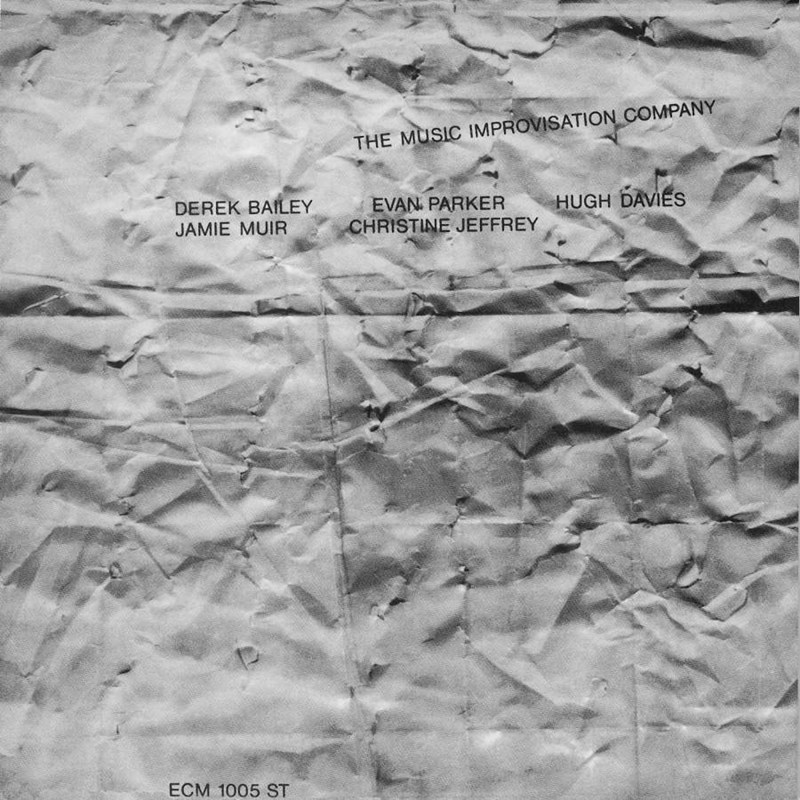
Jamie Muir (perc), Hugh Davies (elec), Evan Parker (ss), Derek Bailey (el g) and Christine Jeffrey (v).
Rec. Aug 1970
MIC represents the point of separation between free jazz and free improv. From their perspective, a whole series of trajectories are visible – in Evan Parker’s case the use of live electronics and increasing reliance on soprano leading eventually to the Electro-Acoustic Ensemble. It marks a shift away from the creation of powerful, huge sonic edifices or of nature-imitating shapes and textures for a journey, with only a little exaggeration, into the DNA of sound itself. Less concerned with the global or cosmic, MIC explored the micro-universe through the concept of non-idiomatic improvisation. Strange, disturbing yet oddly attractive.(DH)
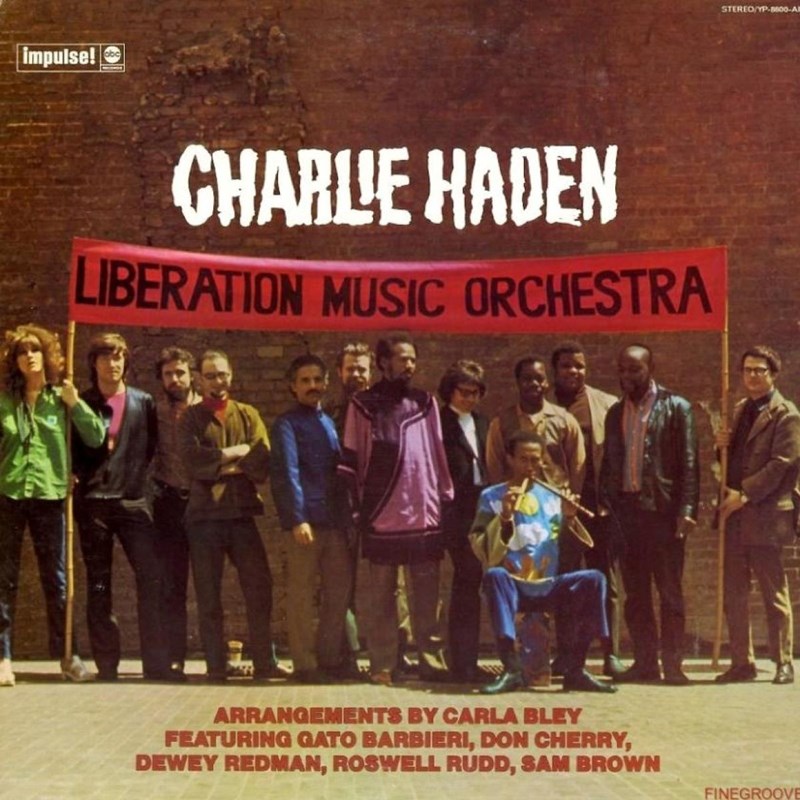
Haden (b), Don Cherry, Michael Mantler (t), Roswell Rudd (tb), Bob Northern (Fr hn), Howard Johnson (tba), Perry Robinson (cl), Gato Barbieri, Dewey Redman (ts), Sam Brown (g), Carla Bley (p, arr), Paul Motian and Andrew Cyrille (d). Rec. 1969
Jazz and politics have always been entwined, but rarely in the music’s history have the links spelt out on record. The 1960s was a decade when that orthodoxy was reversed, with Charlie Haden’s debut album at the decade’s end being one of the most explicit endorsements of leftist sentiments to be found in the entire jazz world. Sentiments of any persuasion are no proof of quality, but the compositions – from Haden, Bley and Ornette Coleman, among others – are uniformly strong and the supporting cast fiercely inspired. For 40 minutes you could believe, if you wanted to. (KS)
Buy album from Presto Jazz
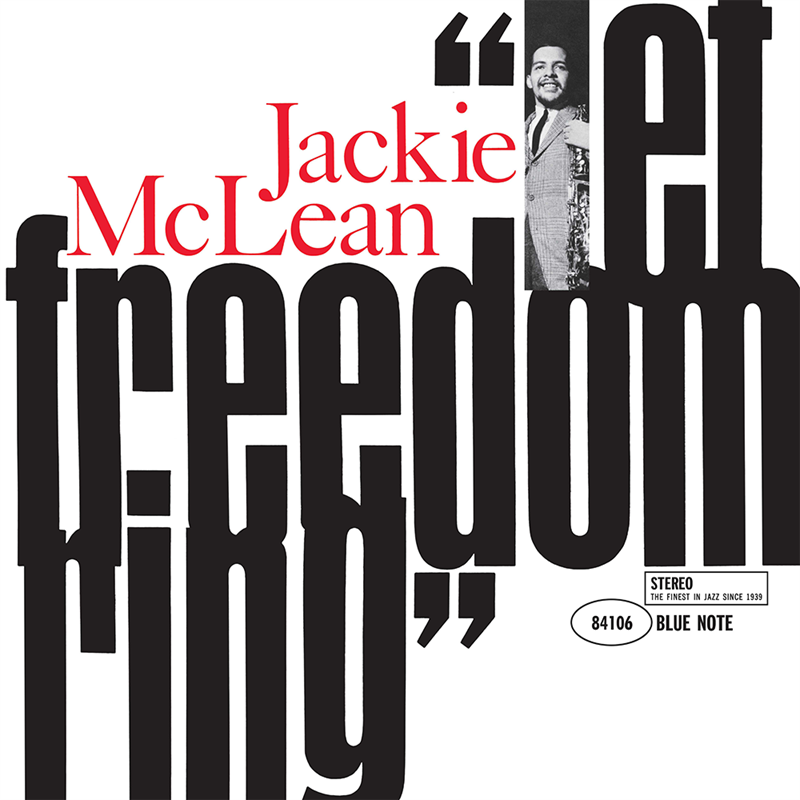
Jackie McLean (as), Walter Davis (p), Herbie Lewis (b) and Billy Higgins (d). Rec. 1962
McLean had made by turns excellent and ambitious albums prior to this disc, but for one reason or another none of them had managed a completeness of conception that pushed him into the forefront of the music. This one made it through a combination of memorable compositions (‘Melody For Melonae’) an attitude towards musical freedom fed by the new politics of the day and a consistent commitment to all-out emotionalism that is so forceful it frankly leaves the rest of his group in the shade. He went on to make more completely satisfying albums but this one broke the mould. (KS)
Buy album from Presto Jazz
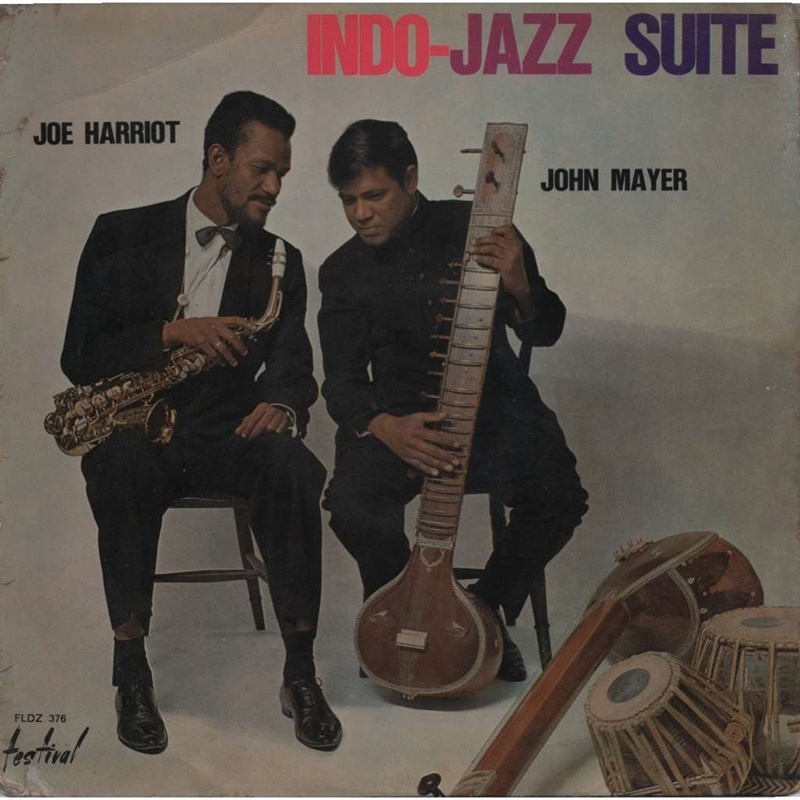
Joe Harriott (as), Kenny Wheeler (t), Pat Smythe (p), Coleridge Goode (b), Allan Ganley (d), John Mayer (vn, harpsichord), Chris Taylor (f), Diwan Motihar (sitar), Chandrahas Paiganka (tambura) and Keshan Sathe (tabla). Rec. 1965
Ravi Shankar’s 1962 Improvisations, with Bud Shank, and Don Ellis’ unrecorded Hindustani Jazz Sextet from 1965 briefly pointed the way but nothing prepared you for Indo-Jazz Suite, the first full collaboration between jazz and Indian musicians that was so hip it hurt in 1966. Hailed by Melody Maker upon release as “highly provocative” it was conceived by Calcutta-born Mayer who based the pieces on the ascending and descending order of ragas with Harriott’s quintet improvising around the Indian musicians to spellbinding effect. Not as successfully integrated as their subsequent Indo-Jazz Fusions I and II, this however first put the fat in the pan for Gabor Szabo, Shakti, Trilok Gurtu, Mukta, Nitin Sawhney and the feast of Indo-Jazz that followed. (JN)
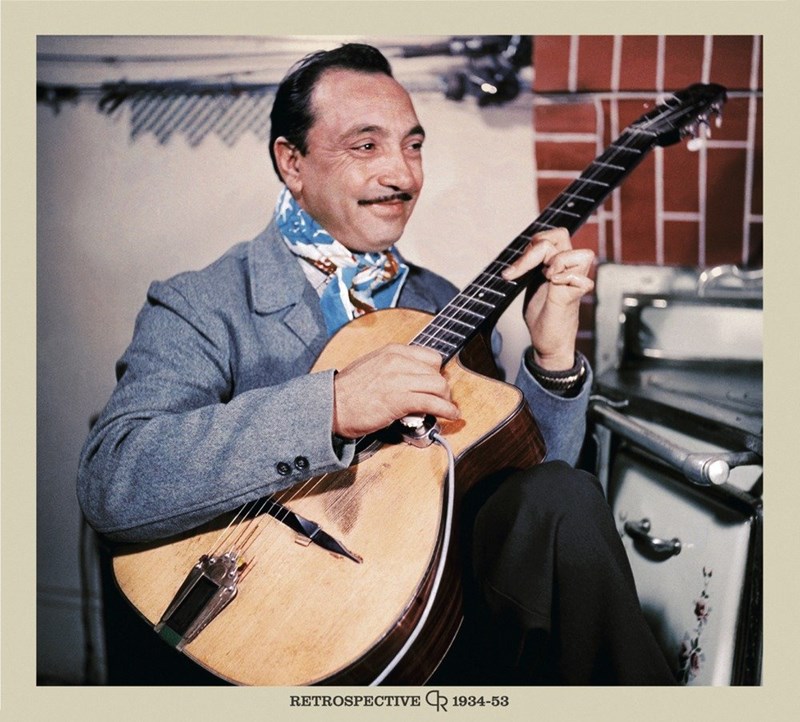
Django Reinhardt (g), the Quintette du Hot Club de France, Loulou Gasté, Joseph Reinhardt, Emmanuel Vées (g), Louis Vola, Coleridge Goode (b), Hubert Rostaing, André Ekyan (cl), Alix Combelle (ts), Gianni Safrred (p), Aurelia de Carolis (d) and many others. Rec. 1934-1953
The great gypsy did pretty much all his recording during the pre-album age, and while he was justly honoured by the French soon after his death, most early UK vinyl releases were haphazard collations in indifferent sound. By contrast, this compact little high-quality cardsleeve box of three CDs, accompanied by a magnificent 75-page booklet in French and English which contains lavish photographs and discographical details, is by some distance the best one-step intro Django’s staggering genius. Transfers from the original 78rpm singles are magnificent and the selection of titles is absolutely on the money, from earliest Hot Club sides to his post-war experiments with shifting personnel and electrified guitars. (KS)
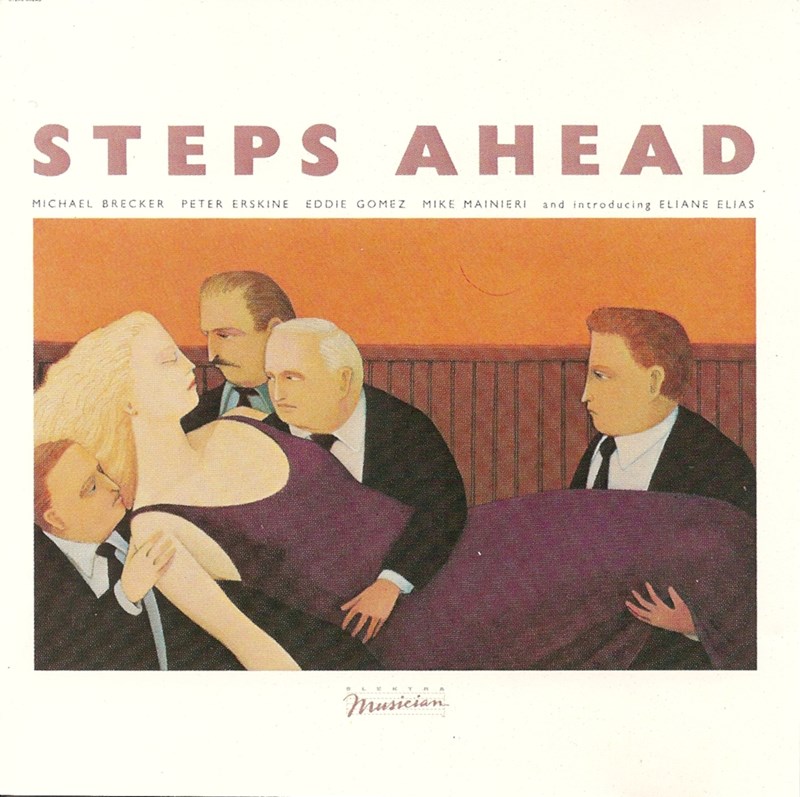
Michael Brecker (ts), Eliane Elias (p), Mike Mainieri (vb), Eddie Gomez (b) and Peter Erskine (d). Rec. 1983
A star-studded line-up this might have been, however, by the time they came to make their debut on an American label, Steps Ahead had forged a powerful group identity that critics were dubbing “the new acoustic fusion.” Much of this was down to a repertoire comprising original, ad hoc song forms that seldom employed straight ahead rhythms. Take ‘Both Sides of the Coin’ that uses a latin rhythm and a rondo form, whereas ‘Loxodrome’ presented an advanced contemporary vehicle for improvisation. Yet promoters would still say why not just play a 12-bar blues? Staggering really for such a perfectly poised jazz chamber group, that can take your breath away. (SN)
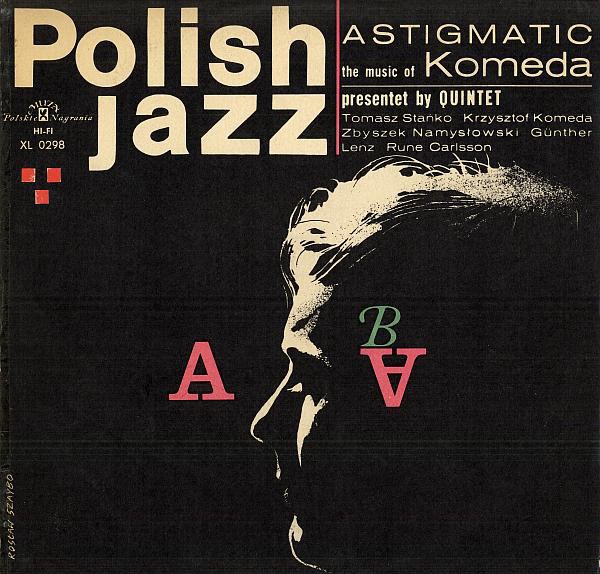
Krzysztof Komeda (p), Tomasz Stanko (t), Zbigniew Namyslowski (as), Gunter Lenz (b) and Rune Carlson (d). Rec. 1965
Astigmatic is one of the most important contributions to the shaping of a European aesthetic in jazz composition. Stanko himself has said that this is an album that could “never have been made in America”, pointing to Komeda’s day job as a composer for more than 40 films. “Film dictates untypical construction,” Stanko has recalled. Indeed, the quintet responds to Komeda’s compositions with audible glee – there is measured intensity here but also the unmistakable glow of inspiration. (SN)
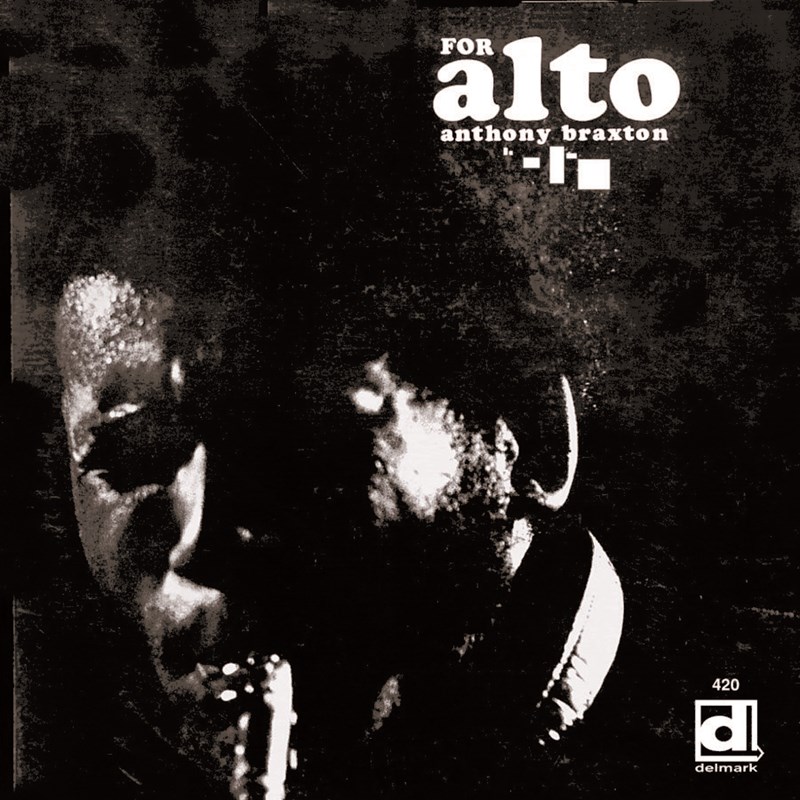
Anthony Braxton (as). Rec. 1969
While the song titles – dedications to innovative musicians such as John Cage, Cecil Taylor and Leroy Jenkins – gave a clear indication of where the Association For The Advancement Of Creative Musicians iconoclast was coming from, few could have seen where, or rather how far, he was going on this landmark solo recital. Braxton’s alto saxophone is like the sound of acid dripped from the beating wings of hummingbirds, a charmingly corrosive caress. Through brilliant dynamics, lyricism, harmonic invention and pure sound trickery, Braxton showed a single horn could be a complete orchestra, paving the way for similar undertakings by Sonny Rollins among others years later. Downbeat awarded For Alto five stars and called it “revolutionary.” They were right. (KLG)
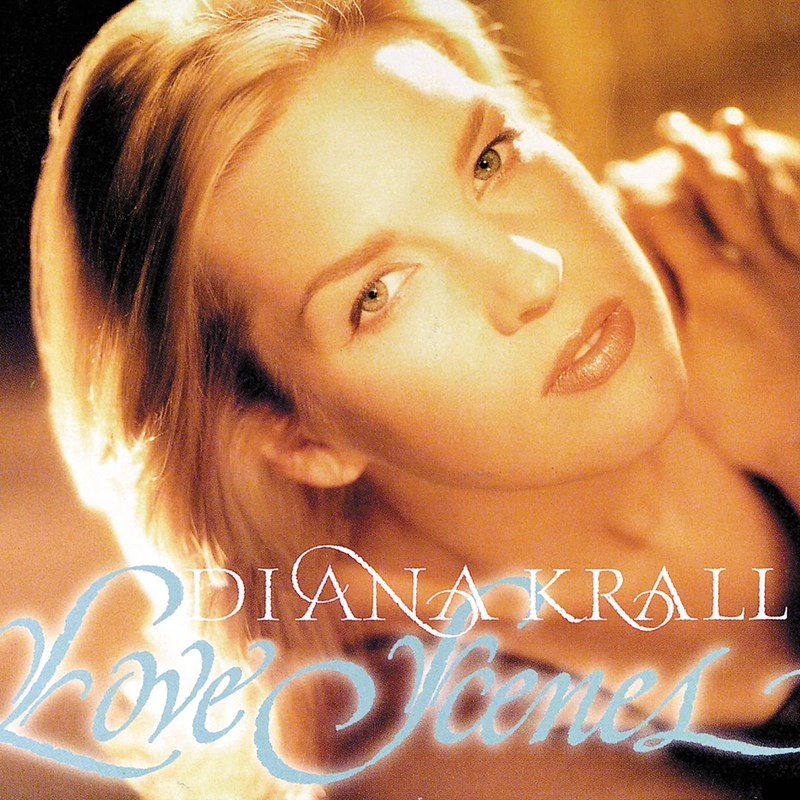
Diana Krall (v, p), Russell Malone (g) and Christian McBride (b).
Rec. 1997Where would female jazz vocals be today without Diana Krall? An imponderable, perhaps, especially when so many undistinguished vocalists currently populate the landscape. However, Krall is the genuine article on every level, whether you’re talking about texture, taste, integrity, inventiveness or musicianship. Whatever setting she’s chosen for herself in the past decade, it’s been apposite. Love Scenes was a trio album and presaged her massive with-orchestra crossover, but it contains all the essential Krall ingredients and is a thorough convincing artistic manifesto. No wonder people listened. (KS)
Buy album from Presto Jazz
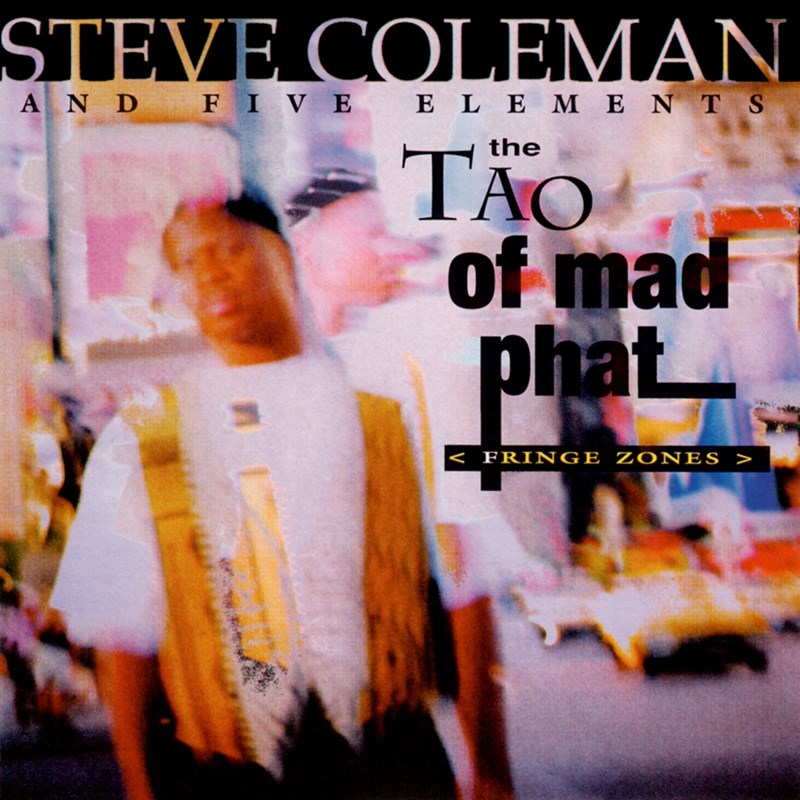
Steve Coleman (as), Andy Milne (p, ky) David Gilmore (g), Reggie Washington (el b), Roy Hargrove (t), Josh Roseman (tb), Kenny Davis (b) and Junior “Gabu” Wedderburn (perc). Rec. 1993
Jazz as funk, funk as jazz: the two lexicons entwine and merge so as to lose meaning in one of the great live records of the 1990s. Coleman had already made a splash with his JMT label output yet his playing and writing are more penetrating and focused here. Snappy, stabbing, staccato rhythmic and melodic lines are repeated to trance giving the impression of a giant musical pinball machine on a rotating floor. As well as exerting a decisive influence on anyone from the F-IRE collective to Omar Sosa, Coleman has always managed to reflect something of his times. Here he captured the hyperactivity of the burgeoning Internet age and the brash self-assertion of the hip-hop generation. (KLG)
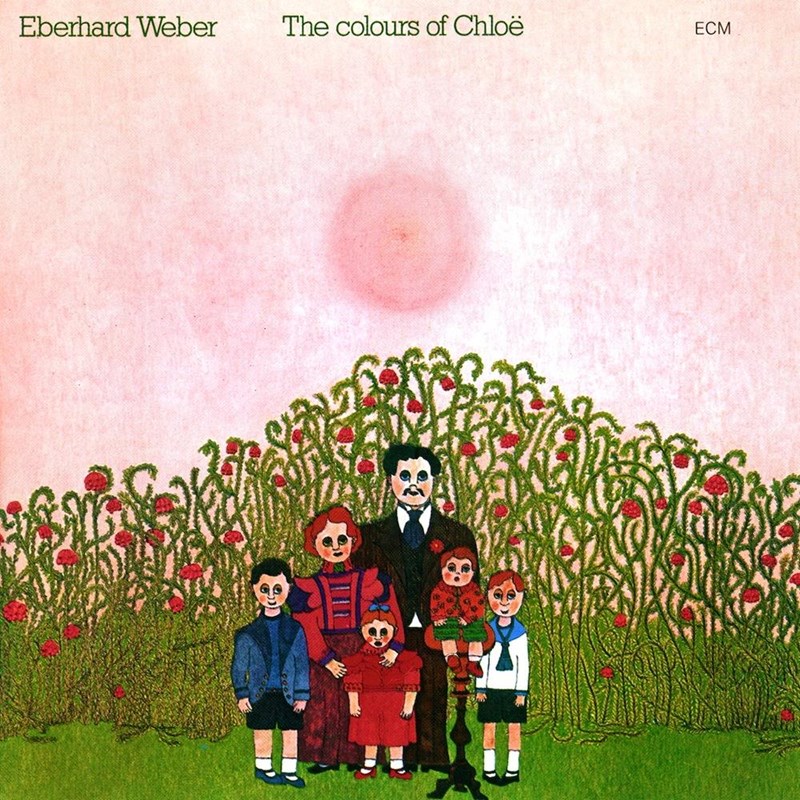
Weber (b, cello, ocarina), Rainer Bruninghaus (p, syn), Ack van Rooyen (flhn), Peter Giger, Ralf Hübner (d, perc), and the cellos of the Südfunk Orchestra Stuttgart. Rec. 1973
Eberhard Weber’s debut album was one of the most significant opening volleys of ECM’s arrival in the jazz world as an arbiter of modern taste. Completely devoid of any of the fashionable Americanisms of the day, its music was full of light and colour derived from European modernist classical and film traditions. As such, it offered a completely fresh pool of delights to fish in. Using his sinuous bass technique to articulate melody as no-one else had before, Weber alternated a sumptuously severe string backing with little keyboard and percussion patterns to huge atmospheric effect. Entrancing. (KS)
Buy album from Presto Jazz

John Surman (bs, ss), John Warren (bs, f), Mike Osborne (as, cl), Alan Skidmore (ts, fl), Kenny Wheeler, Harry Beckett (t, flhn), John Taylor (p), Barre Phillips, Harry Miller (b), Alan Jackson and Stu Martin (d). Rec. 1971
As much Canadian John Warren’s album as fellow baritone player John Surman’s, this record said that Surman was a star in the ascendant. So many UK jazz albums could fill this slot but this gets the vote for its ecstatic, exuberant playing from Surman and company and amazing, challenging writing from Warren. This was a glorious testament to the new-found confidence of British jazz. Warren’s success lies in the way he remains within the big band tradition but extends it by incorporating elements of free playing, driving powerful polyrhythms and complex layering of his instrumental resources. An absolute and indisputable joy. (DH)
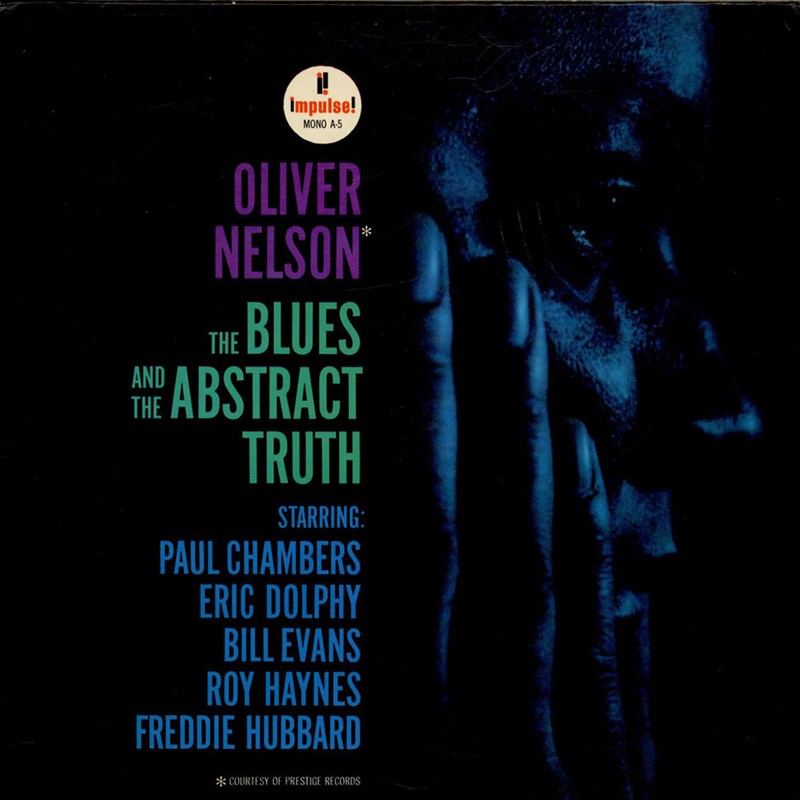
Oliver Nelson (as, ts), Freddie Hubbard (t), Eric Dolphy (f, as, bcl), George Barrow (bar s), Bill Evans (p), Paul Chambers (b) and Roy Haynes (d). Rec. 1961
For almost all his career Nelson was a hugely talented journeyman musician who did everything well and not a great deal memorably. This is the exception. Helped by a cast that included Freddie Hubbard, Eric Dolphy and Bill Evans, Nelson delivered a set of profound meditations on the blues (including ‘Stolen Moments’) and then backed that up by playing the tenor saxophone with such force and inventiveness that he stood as an equal with the heavyweights listed above. In managing it even once he at least gave us a stone classic modern jazz blues and roots album that is free of all hard bop cliché. (KS)
Buy album from Presto Jazz
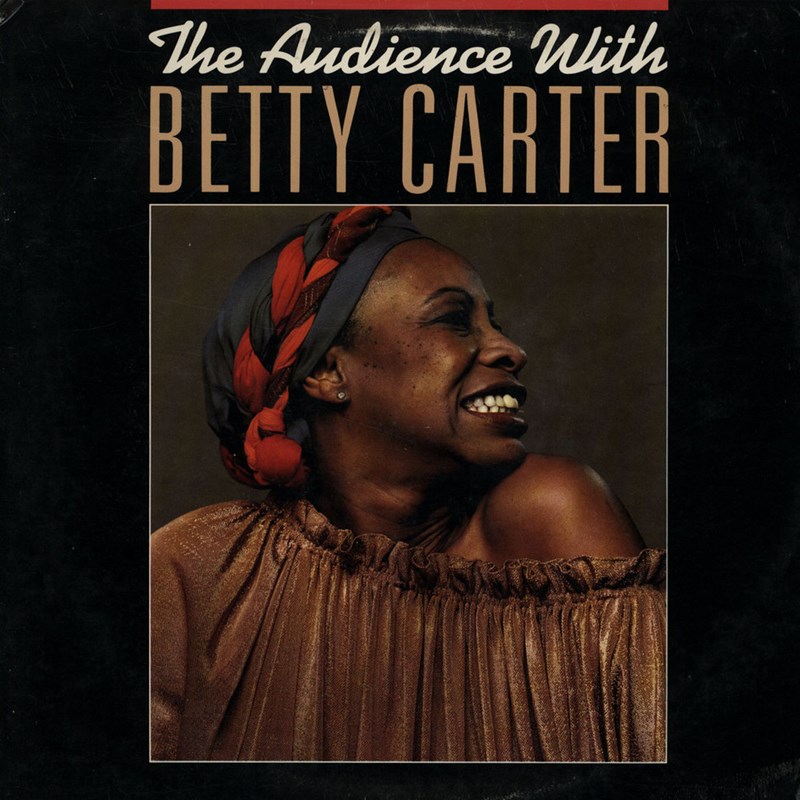
Betty Carter (v), John Hicks (p), Curtis Lundy (b) and Kenny Washington (d). Rec. 1979
Listening to this album is a cathartic experience. ‘Sounds’ is a tour de force of scat through shifting tempos and meters that lasts 25 minutes where at one point, Carter, Hicks, Lundy and Washington each play in a different meter. The album highlight is ‘My Favorite Things’ taken at a brisk tempo with Hicks at his most explosive as his accompaniment blossoms into a counterline to Carter’s singing and by the coda who can say whether voice or piano predominates? To say this is one of the finest jazz vocal albums ever made is limiting; it numbers among the great contemporary jazz albums.(SN) Re-released on CD by Verve
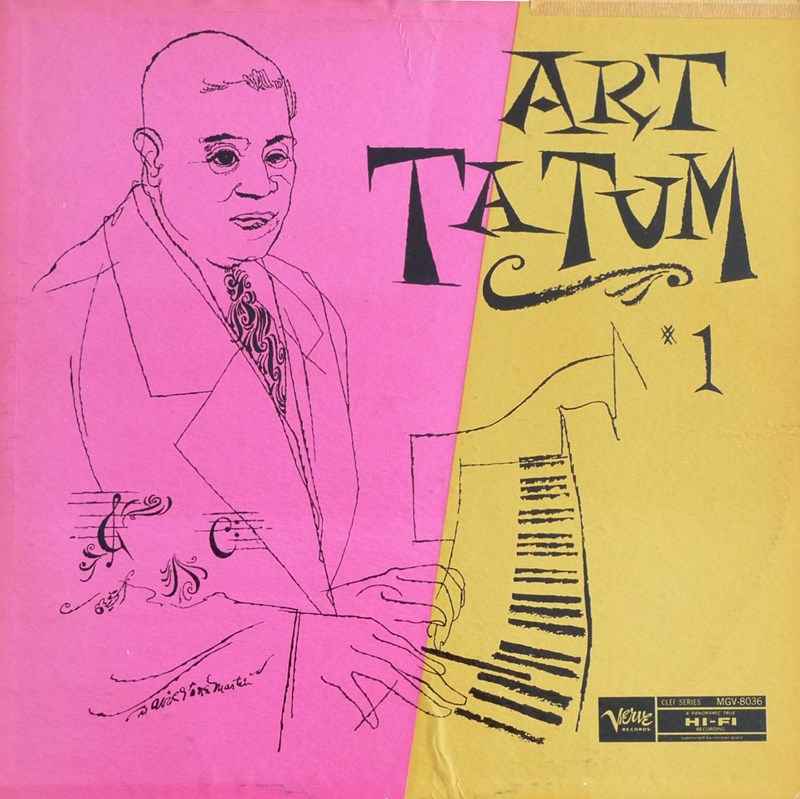
Art Tatum (p). Rec. 1953
For decades Tatum was every jazz pianist’s first choice as the greatest piano of all but by the early 1950s his public profile was still minute compared with some of his contemporaries. Norman Granz decided to fix that: between 1953 and Tatum’s death in 1956 Granz recorded well over 200 selections and issued them on Clef and Verve. Tatum’s popular and critical reputation has been secure ever since, his baroque creations simultaneously exciting and terrifying the listener. This first of the series is a solo recital. All the Tatum Clefs and Verves are now available on Granz’s last-owned label, Pablo. (KS)
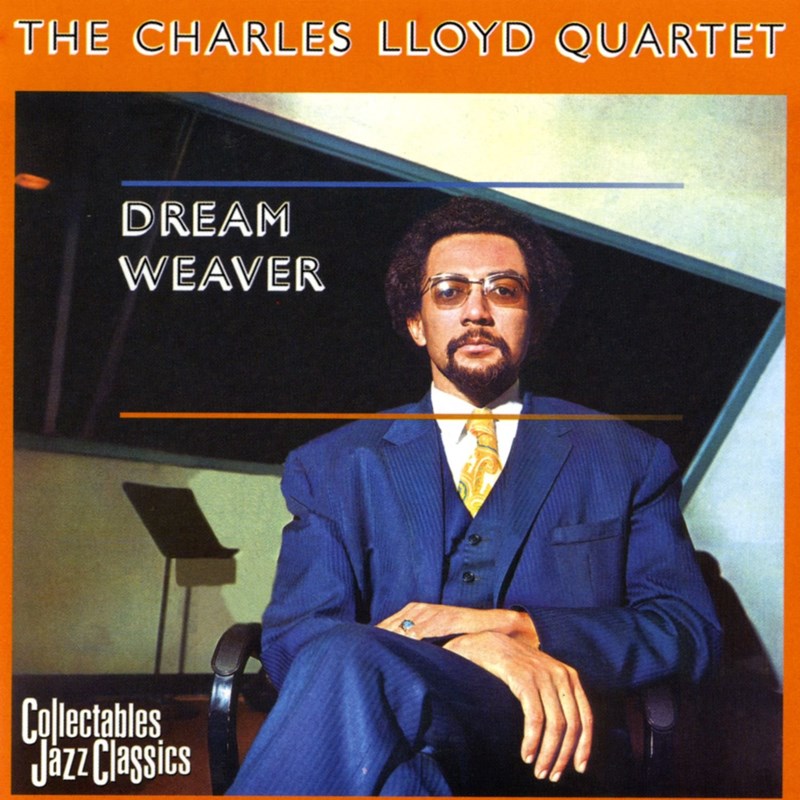
Charles Lloyd (ts, f), Keith Jarrett (p), Cecil McBee (b) and Jack DeJohnette (d). Rec. 1966
Voted “new star” by Downbeat in 1965, the emergence of the Charles Lloyd Quartet took jazz by storm in 1966, expanding musical horizons with a challenging eclectic amalgam of modal and free jazz with Eastern textures and Spanish soul. Dream Weaver also introduced Keith Jarrett and Jack DeJohnette to the world before Lloyd’s subsequent LPs Forest Flower and Love-In became two of jazz’s biggest sellers. However, this was the album that first got tongues wagging, echoing the free spirit of the psychedelic 1960s and landing them an early slot at The Fillmore. Miles noticed too, quickly snatching Jarrett and DeJohnette for his own jazz-rock experiments that ushered in the dawn of a new era. (JN)
Buy album from Presto Jazz
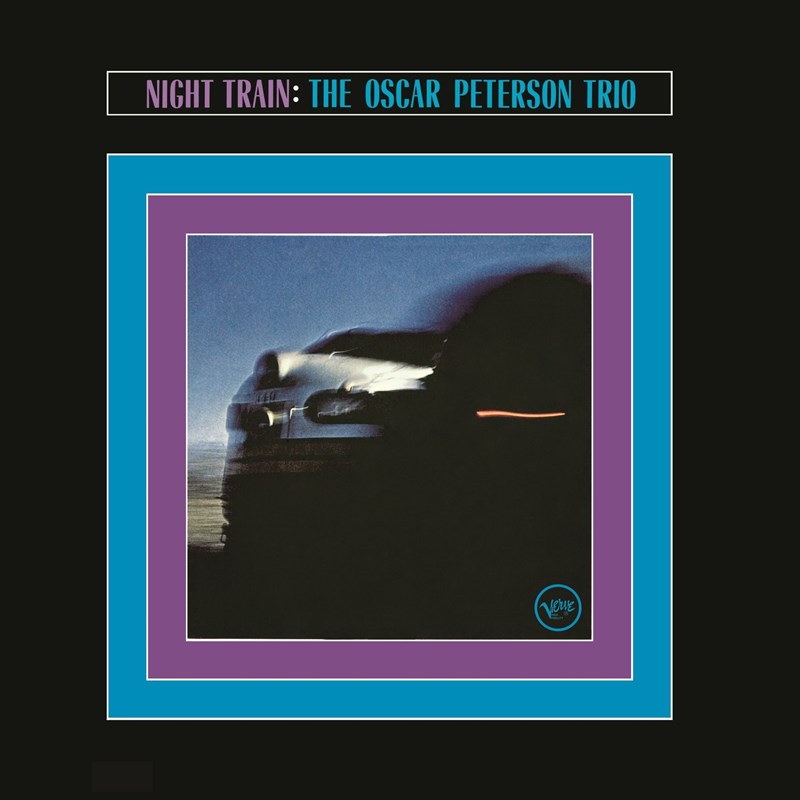
Oscar Peterson (p), Ray Brown b) and Ed Thigpen (d). Rec. 1962
By 1962 Peterson’s trio was one of the top draws in jazz worldwide and Peterson himself habitually won every jazz piano popularity poll going. Why? Well, the change in 1958 from piano-bass-guitar to piano-bass-drums had allowed him room to develop the group’s leaner, grittier side and emphasise melody rather than bullish pyrotechnics. Night Train is the epitome of this approach: cool, funky, incredibly concentrated and well thought-through, it hangs together as a perfect modernist tribute to the funky roots of jazz, covering tracks from ‘C Jam Blues’ to ‘Moten Swing’ and ‘The Hucklebuck’. Canadiana Suite may be Peterson’s creative high water point, but Night Train defines him. (KS)
Buy album from Presto Jazz
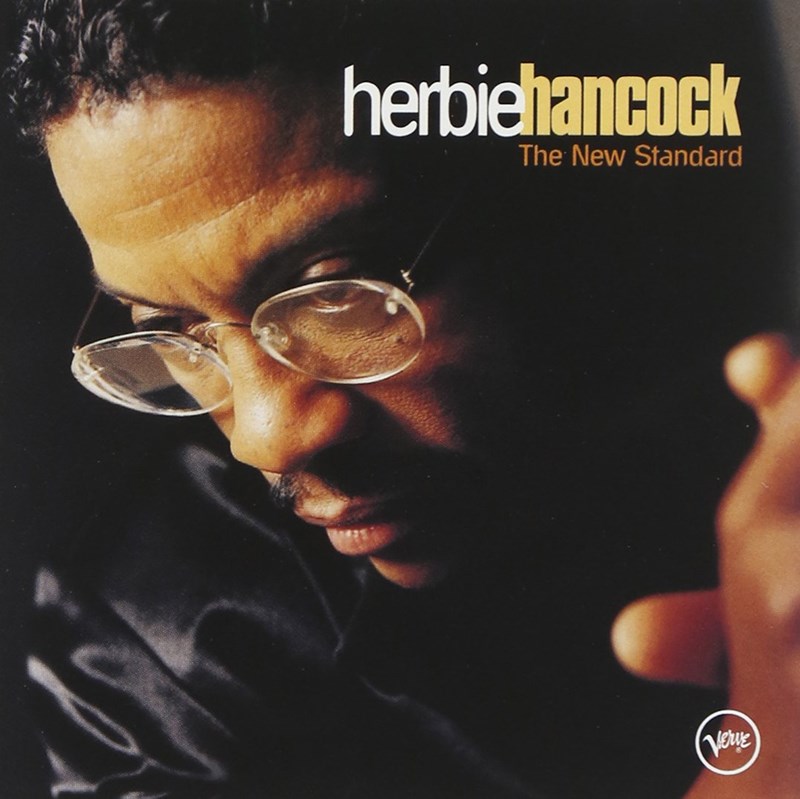
Herbie Hancock (p), Michael Brecker (ts), John Scofield (g), Dave Holland (b), Jack DeJohnette (d) and Don Alias (perc). Rec. 1996
From the opening ‘New York Minute’ this album bursts with energy and creativity. Hancock soars and Brecker burns. Yet while the playing is exemplary, the choice of repertoire makes this album stand apart. ‘New York Minute’ is from the Don Henley album The End of The Innocence and songs by the likes of Steely Dan, Peter Gabriel, Paul Simon and Prince make this one of the first albums after 1990 to return to songs from popular culture once more as a basis for jazz improvisation. Yet they all end up as impeccable, burning New York-style jazz of the highest order and press the green light for other artists to follow suit. (SN)
Buy album from Presto Jazz
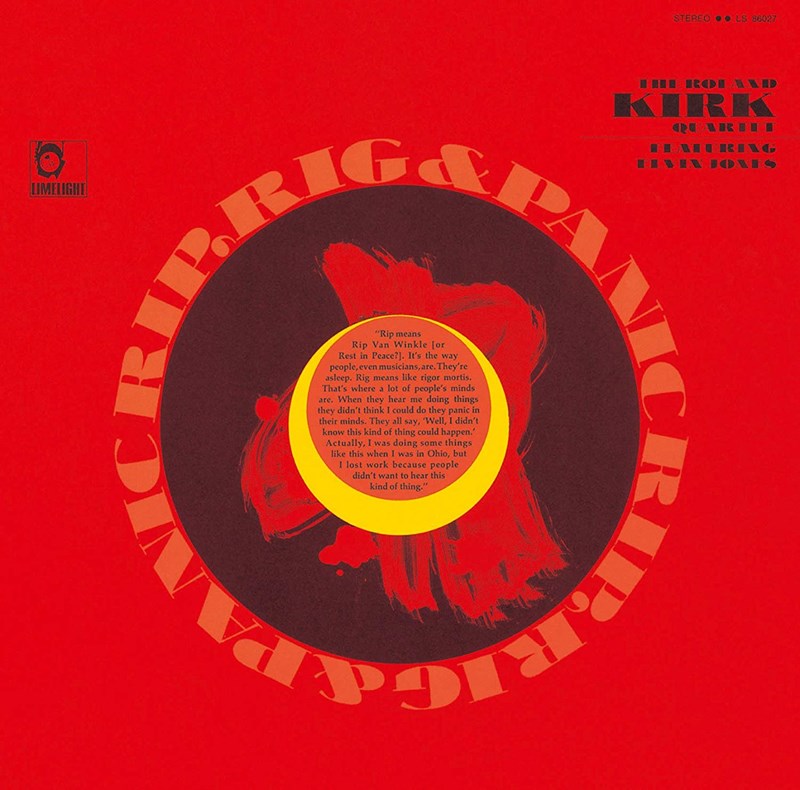
Roland Kirk (f, mzo, stritch, ts), Jaki Byard (p), Richard Davis (b) and Elvin Jones (d). Rec. 1965
Many maintain that Kirk never made the perfect album: if so, this one comes closer than any other, mostly because Elvin Jones is consistently lighting a fire under the quartet generally and Kirk in particular. The multi-reed man is also self-evidently inspired by pianist Jaki Byard’s playing and is consistently taking risks in everything he’s doing. I Talk With The Spirits, his flute album, came next and gave the world ‘Serenade to a Cuckoo’, while 1968’s Volunteered Slavery allowed Kirk to assault Burt Bacharach among others while giving him a new audience, but this one is the stone jazzer’s delight. (KS)
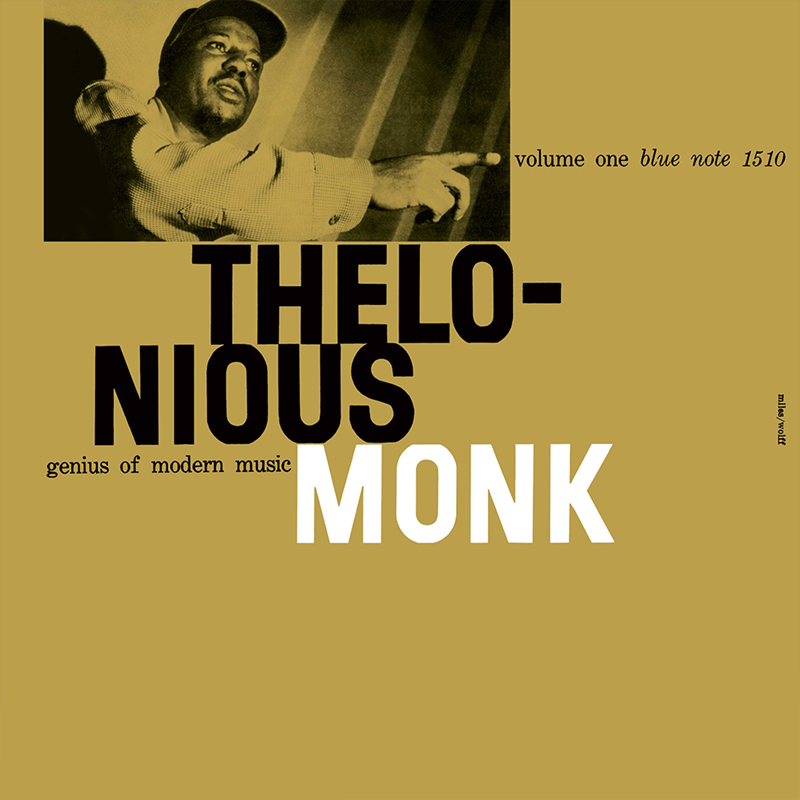
Thelonious Monk (p), Idrees Sulieman/George Taitt (t), Danny Quebec West/Sahib Shihab (as), Billy Smith (ts), Gene Ramey/Bob Paige (b) and Art Blakey (d). Rec. 1947
These early Monk sides almost sank without trace when first issued as 78rpm singles, and it was only because of a LP selection under this title in the mid-1950s that more than a handful of punters took any notice. Blue Note, though, were so into Monk that they’d done these three sessions in little more than a month, just to get the first small-group versions of ‘Round Midnight’, ‘Ruby My Dear’, ‘Thelonious’ and ‘In Walked Bud’ among others. With the possible exception of Idrees, the soloists weren’t up to the pianist’s level. Yet the miraculous Blakey is at his early best. (BP)
Buy album from Presto Jazz
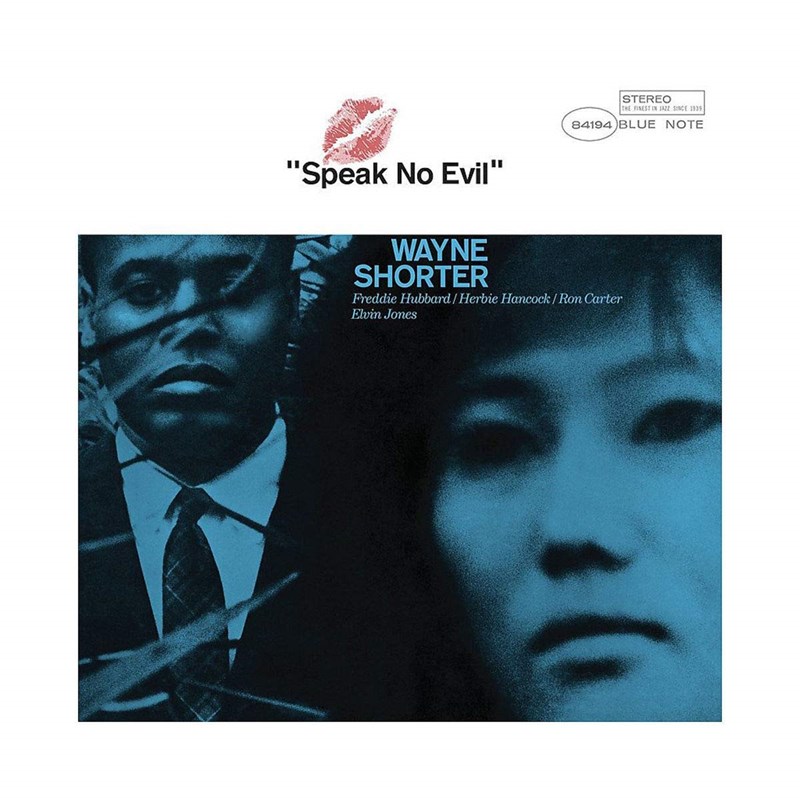
Wayne Shorter (ts), Freddie Hubbard (t), Herbie Hancock (p), Ron Carter (b) and Elvin Jones (d). Rec. 1964
Recorded a few months into his stint with Miles, this date finds Shorter on the cusp of his mature compositional and improvisatory styles and in the congenial company of Hancock and Carter, with Elvin Jones keeping it honest at the back and Hubbard providing his usual perfect foil at the front. In a sense this is Shorter’s essay on groove, but his angularity never makes it likely that the whole album would attain that ineffable level, or that he’d even want that. Herbie, of course, would do it without him a few months later on Maiden Voyage. So? Vive le difference, we say… (KS)
Feature:Wayne Shorter – Music of the Spheres
Buy album from Presto Jazz
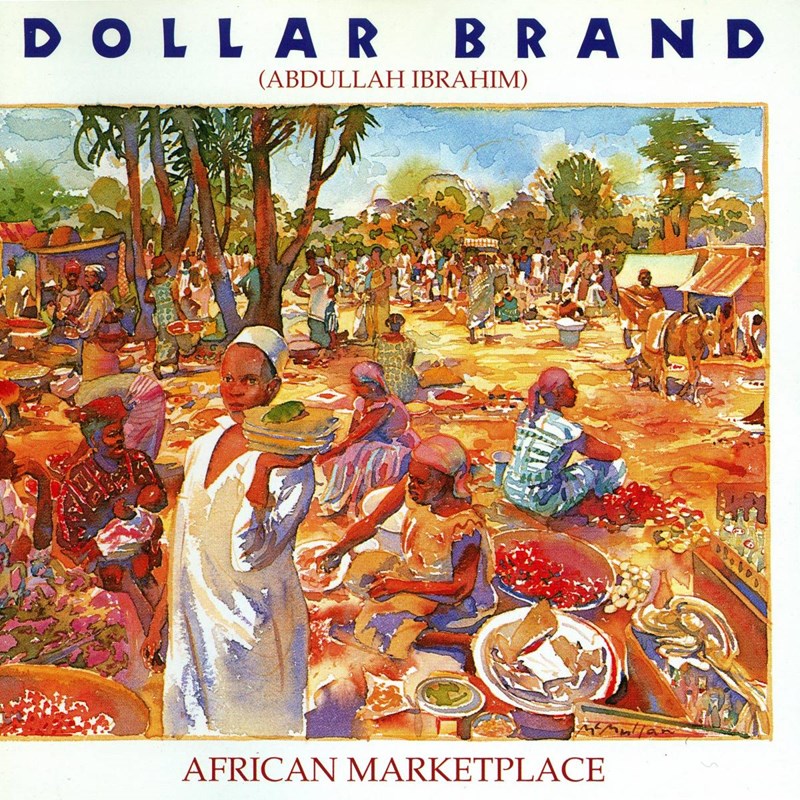
Dollar Brand (Abdullah Ibrahim) (ss, kys, p), Gary Chandler (t), Malindi Blyth Mbityana, Craig Harris (tb), Carlos Ward (as), Jeff Jaywarrah King, Dwayne Armstrong (ts), Kenny Rogers (bs), Lawrence Lucie (bjo), Cecil McBee (b), Miguel Pomier and Andre Strobert (d, perc). Rec. 1980
Duke Ellington discovered and recorded pianist-composer Dollar Brand aka Abdullah Ibrahim in 1963 playing in a more or less conventional jazz manner, but it took a long time for the South African township music he evolved in the 1970s to be accepted outside of Africa. This album was one of the very first to be made in America and its impact was immense, its melodicism, warmth and simplicity brought something new and refreshing to the often overheated, testosterone-filled gladiatorial pit of small group improvising to established harmonic patterns. As Jelly Roll Morton had shown 50 years earlier, sometimes the best comes from a truly group effort. (KS)
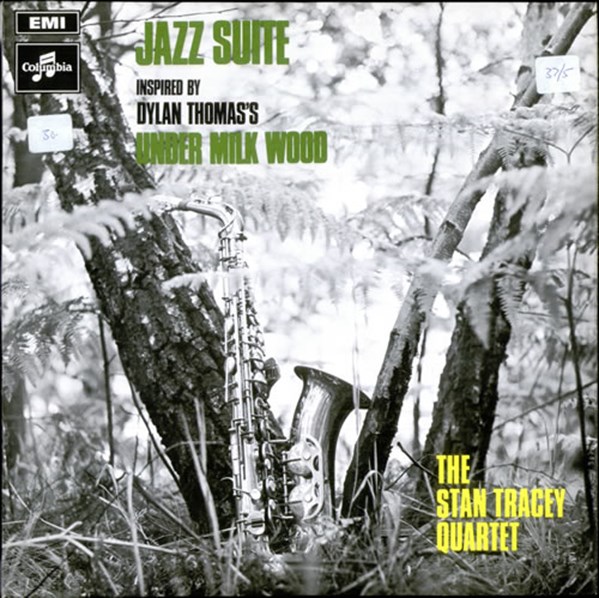
Stan Tracey (p), Bobby Wellins (ts), Jeff Clyne (b) and Jackie Dougan (d). Rec. 8 May 1965
Tracey is indispensable, a one-man mission statement. Here he showed how much could be achieved within the basic jazz quartet format. Reaction at the time seems to have been along the lines of where on earth did this come from? Coherent, vital and mind-stretching, Tracey’s eight pieces provide a remarkable insight into Thomas’ great work but also into the creative process itself and the myriad sources jazz could explore for inspiration. With its jaunty, picaresque tunes and assured playing that reflected Thomas’ saucy, roguish book, the album is a wonderfully humorous work that extended the boundaries in a hugely subtle way. After this, there would always be more to jazz than just blowing. (DH)
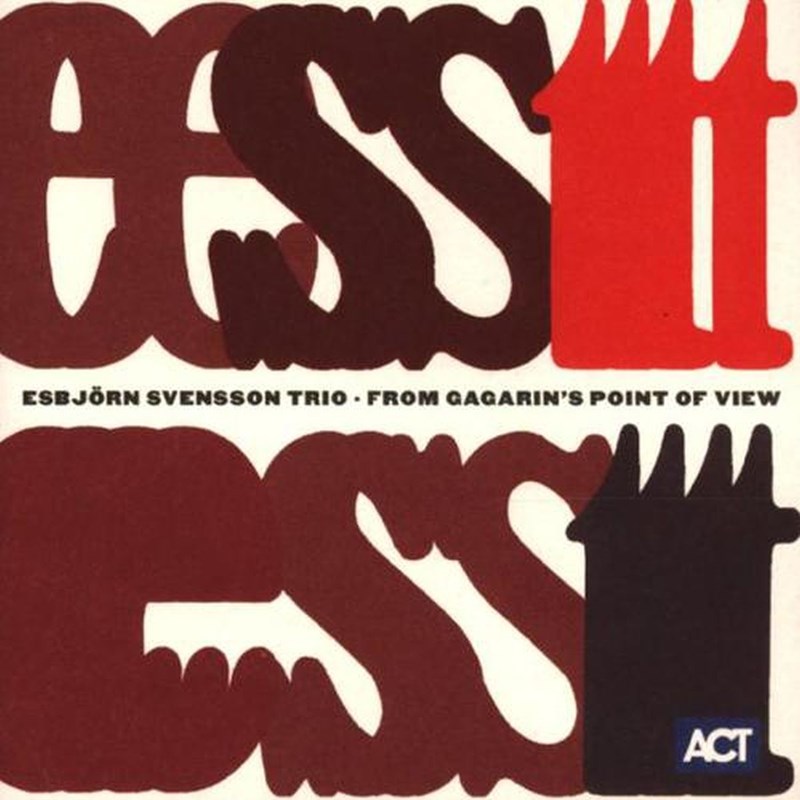
Esbjörn Svensson (p), Dan Berglund (b) and Magnus Öström (d). Rec. 1999
It was not as if the Esbjörn Svensson Trio came out of nowhere. They’ve been around since 1991 refining a distinctive collective voice that prompted a name change to EST. It took the UK, who habitually look to the USA for its jazz heroes, longer than most European countries to come under their spell, but this is the album that did it. Their attachment to deeply felt melody, unhurried intensity, framed with the Nordic Tone, and the comparatively unconventional, pop-like structures of their compositions endeared them to jazz and non-jazz fans alike, in the honest humanity of their playing. (SN)
FeatureEST – Three Falling Three
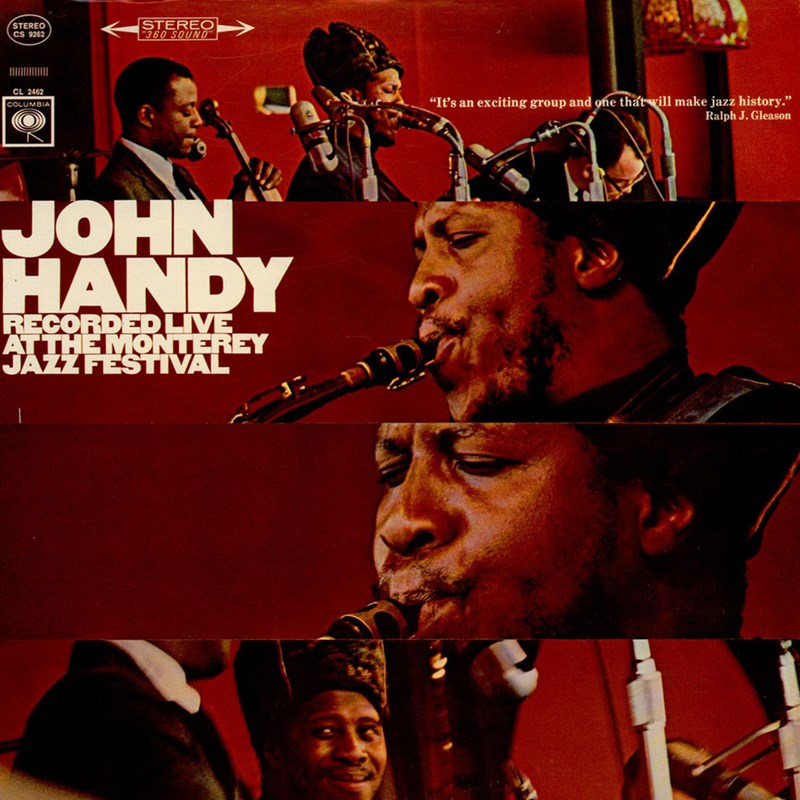
John Handy (as), Mike White (el vn), Jerry Hahn (g), Don Thompson (b) and Terry Clarke (d). Rec. 1965
Fresh from the Charles Mingus band, Handy tore Monterey apart in September 1965 with this startling hypnotic modal performance that got him signed to Columbia, sending shock waves out to Charles Lloyd, Gabor Szabo, Miles Davis and John McLaughlin. Rooted in the free flow of Coltrane’s classic quintet with Eric Dolphy, the two side-long pieces open with Handy’s mesmerising unaccompanied alto statement that, four decades later still sends shivers, before Hahn and White erupt into fiery flamenco, middle eastern and rock-tinged directions unheard of at the time. Little wonder that in December 1965 they were the first jazz act ever to play San Francisco’s legendary Fillmore Auditorium paving the way for The Fourth Way and the sonic zeitgeist that followed. (JN) Reissued on Koch CD.

Gil Evans (p, arr, comp) with, among others, Johnny Coles, Ernie Royal, Thad Jones, Bernie Glow (t), Frank Rehak, Jimmy Cleveland (tb), Julius Watkins, Bob Northern (Fr h), Bill Barber (tba), Steve Lacy (ss), Eric Dolphy (f, as, bcl), Wayne Shorter (ts), Garvin Bushell, Jerome Richardson (reeds), Kenny Burrell (g), Milt Hinton, Paul Chambers, Gary Peacock, Ron Carter (b) and Elvin Jones (d). Rec. 1963-4
A diffident self-promoter, Evans was only rarely coaxed into the recording studios to deliver albums that reflected fully his own musical visions away from the stars he wrapped in his sonic delights. This album is his most ambitious and deeply satisfying, covering his love of Kurt Weill, the blues, Spanish music and swaggering self-penned pieces, all of them dripping in the translucent arrangements that make you feel you’ve entered a uniquely magical musical land the moment the orchestra makes a sound. Seamlessly featuring soloists like Wayne Shorter, Johnny Coles and Phil Woods, this album is pure musical alchemy from a total original. The CD is a happily expanded version of the original vinyl, adding 27 minutes of excellent previously unreleased new music. (KS)
Buy album from Presto Jazz
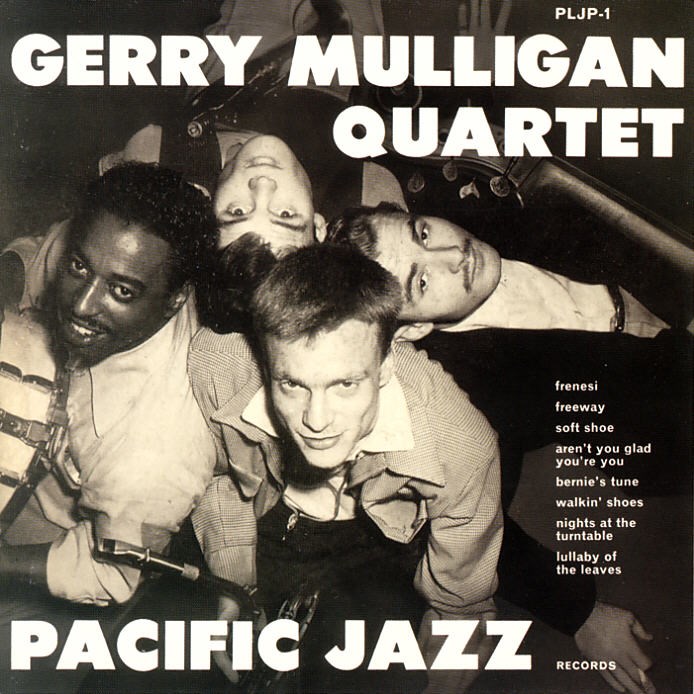
Gerry Milligan (bar s), Chet Baker (t), Bobby Whitlock (b) and Chico Hamilton (d). Rec. 1952
Mulligan first made a significant contribution to recorded jazz through his arrangements for Miles’ so-called Birth of the Cool sessions for Capitol, but it was the 1952 pianoless quartet that hit the headlines and made him (as well as trumpeter sidekick Chet Baker) virtually overnight jazz celebrities. This album covers the initial (and best) sides the Mulligan Quartet cut, for Pacific Jazz, including ‘Bernie’s Tune’, ‘Freeway’ and ‘Walkin’ Shoes’, where the uncanny empathy between Mulligan and Baker is constantly underlined by the firmly resilient beat of Chico Hamilton. West coast jazz in its infancy and at its most joyously infectious. This is a Japanese CD reissue which more than doubles the original vinyl playing time. (KS)
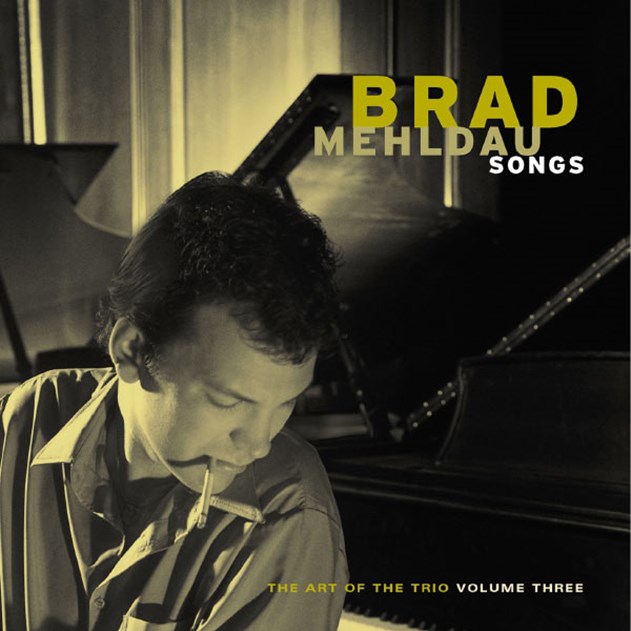
Brad Mehldau (p), Larry Grenadier (b) and Jorge Rossy (d). Rec. 1998
Voted best jazz album of 1998 by The Guardian and part three of a musical odyssey that comprises five volumes stretching from 1996-2000. More so than his previous albums, this was the one that put him on the map, as much for a version of ‘Exit Music (For A Film)’ that turned Radiohead into Beethoven as his deeply haunting version of Nick Drake’s ‘River Man’ that hipped a legion of young jazzers to two fresh new sources of repertoire. Here Mehldau’s improvisations appear as variations upon variations upon variations, remote from their source maybe but entirely personal. In the process they lay to rest Bill Evans soundalike comparisons once and for all. (SN)
Buy album from Presto Jazz

Archie Shepp (ts, arr), Alan Shorter (flhn), Roswell Rudd (tb), John Tchicai (as), Reggie Workman (b) and Charles Moffett (d). Rec. 1964
Shepp was a member of Cecil Taylor’s 1960/1 unit that cut sides for Candid and Impulse!, but his first mature playing on disc is on the virtually unobtainable 1962 Archie Shepp – Bill Dixon Quartet album released on Savoy. Four For Trane demonstrates not only a shift in allegiance to Coltrane but a real gift for arrangement and a thoroughly original approach to his own playing at a time when everyone was copying Trane or Rollins. He may have got more radical later, but this was a 100 per cent proof shot of the new on its initial release. (KS)
Buy album from Presto Jazz
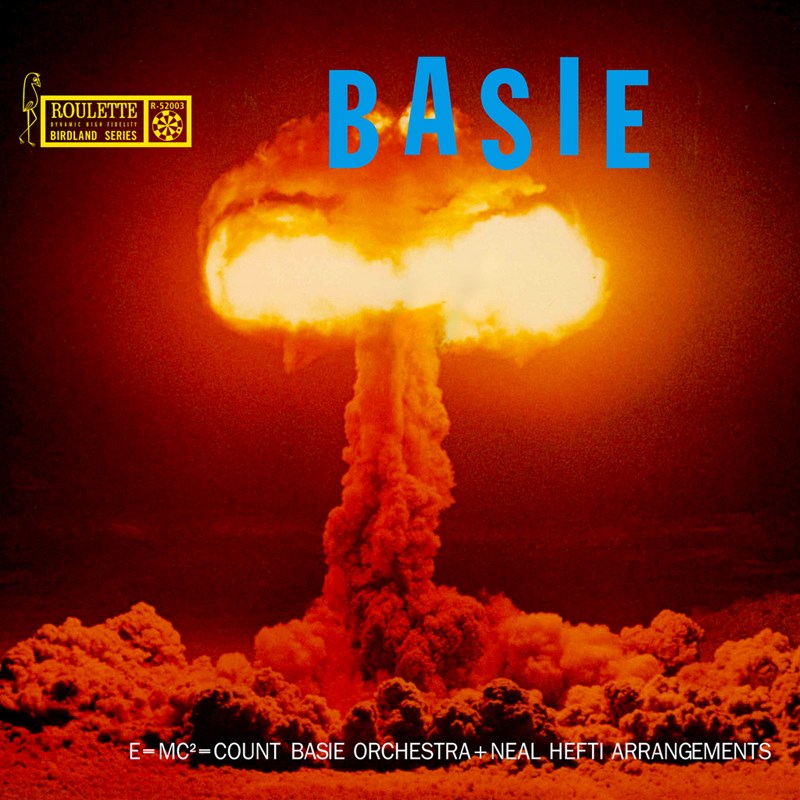
Count Basie (p), Thad Jones, Joe Newman, Wendell Culley, Snooky Young (t), Benny Powell, Henry Coker, Al Grey (tb), Marshall Royal (as, cl), Frank Wess (as, ts), Frank Foster, Eddie “Lockjaw” Davis (ts), Charlie Fowlkes (bar s), Freddie Green (g), Eddie Jones (b), Sonny Payne (d) and Neal Hefti (arr). Rec. 1957
First issued simply as Basie and illustrated with “a tasteful” mushroom cloud it certainly had an explosive enough impact as it was his first album to capture the rich ensemble sound as well as the beat. Some of the charts wear better than others, but the overall feel is timeless. ‘Kid From Red Bank’ featuring stride piano from the leader and ‘Whirly-Bird’’s shouting tenor saxophone by Lockjaw epitomise the uptempos, while ‘Splanky’ and Newman-and-Thad’s ‘Duet’ do it for the blues. And ‘Li’l Darlin‚’ proves emphatically that smoochy doesn’t have to mean smoo-ooth. (BP)
Buy album from Presto Jazz
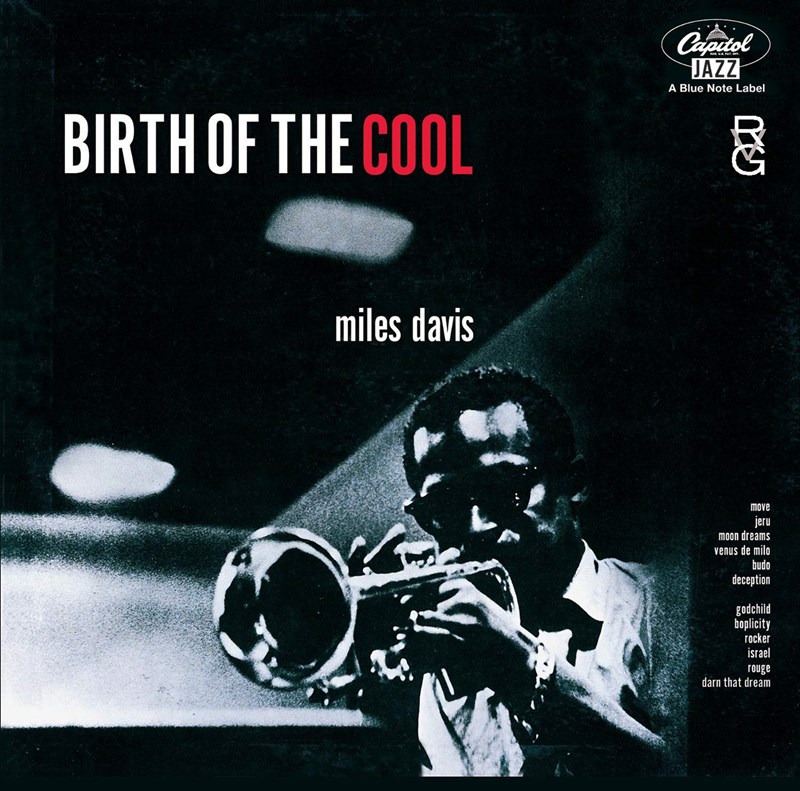
Miles Davis (t), Lee Konitz (as), Gerry Mulligan (bar s), JJ Johnson (tb), Kai Winding (tb), Junior Collins (Fr hn), Gunther Schuller (Fr hn), Sandy Siegelstein (Fr hn), Billy Barber (tba), John Barber (tba), Nelson Boyd (b), Joe Shulman (b), Al McKibbon (b), Al Haig (p), John Lewis (p), Kenny Clarke (d), Max Roach (d), Gil Evans (arr), Johnny Carisi (arr) and Kenny Hagood (v). Rec. 1949-50
The wonder of Miles’ career is the sheer amount of times he seized the moment, grabbed the right people, and got them to deliver their best creative thoughts for him. The first time was with Charlie Parker, but by the time he landed a contract with Capitol for some modern jazz sides with an augmented group, he was able to operate freely, pulling in the restless writing talents of Gil Evans, John Lewis, Gerry Mulligan and John Carisi to create a unified and superbly subtle backdrop for his emergent lyricism. The world is changed, part one. (KS)
Buy album from Presto Jazz
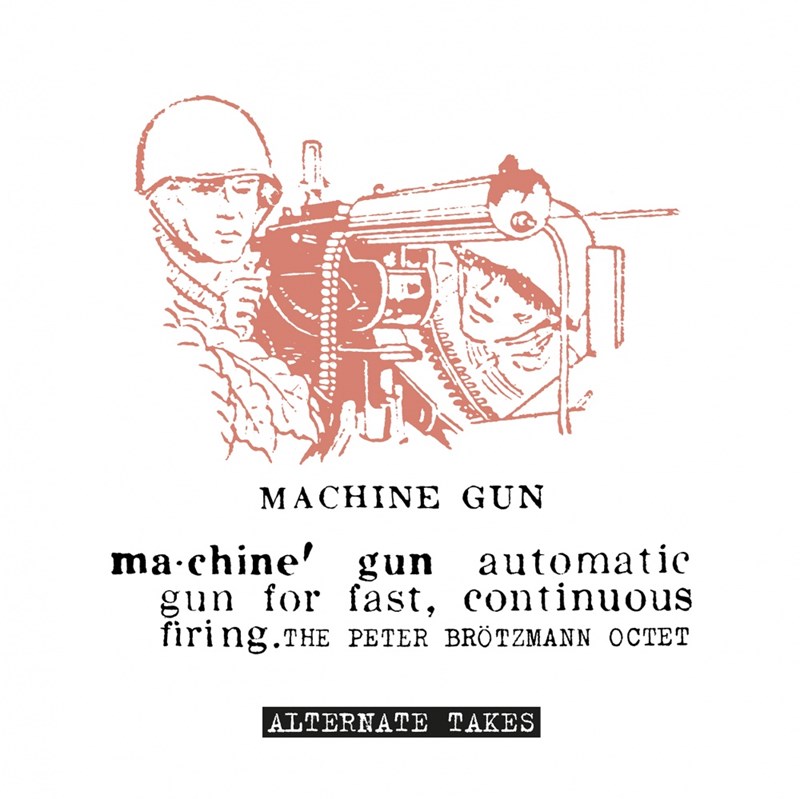
Peter Brötzmann (ts, bar s), Evan Parker, Willem Breuker (ts), Fred Van Hove (p), Peter Kowald, Buschi Niebergall (b), Han Bennink and Sven Johansson (d). Rec. May 1968
Political statement, samizdat reflection on events or Janovian primal scream? Surely one of the most extreme albums ever recorded it’s a musical manifesto from the European free jazz underground, an answering call to like-minds across the Atlantic and rallying cry for those at home. The title track features “solos” by the three horn players and pianist Van Hove, each as ferocious as the other. ‘Responsible’, for all its atonal howling, ends with a fabulous latin vamp while ‘Music For Han Bennink’ squeals and yelps with joy. Machine Gun leaves you shaken to the core. (DH)
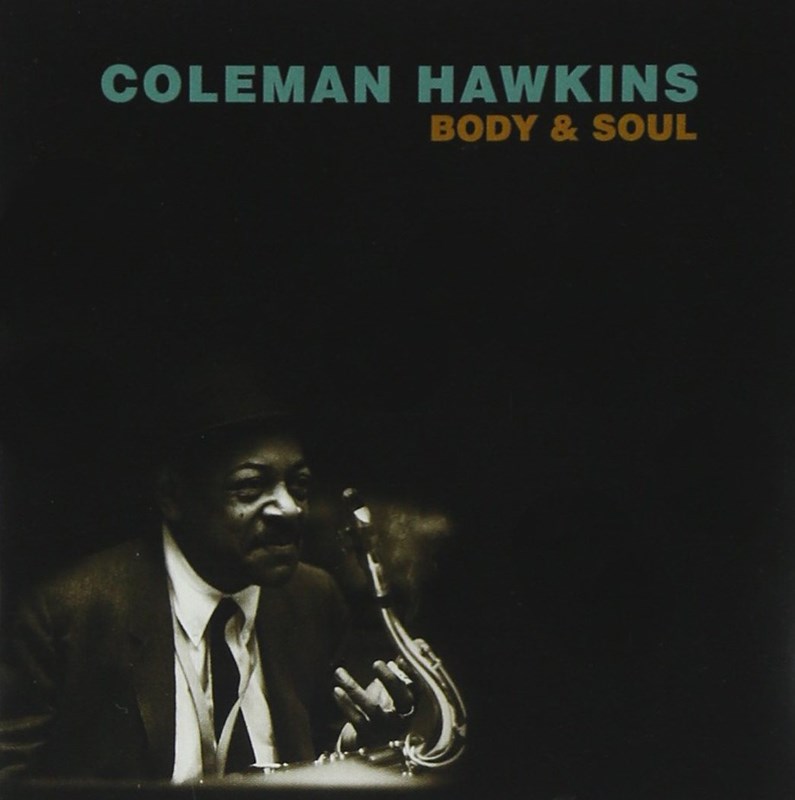
Hawkins (ts) and many others. Rec. 1939-56
The trouble with Hawk is the same one faced by someone looking for an ideal single-set introduction to maverick genius Sidney Bechet – in such a long and protean career, how do you get all the best bits on one label? With Bechet it’s still impossible. With Hawk, you can just about do it. The great man’s original ‘Body And Soul’ masterpiece from 1939 is here, plus a telling number of tracks showing how he paced all the changes in jazz with ease and continued to grow artistically through the decades. The best of the later Hawk is on Verve, but this intro is nicely rounded. (KS)
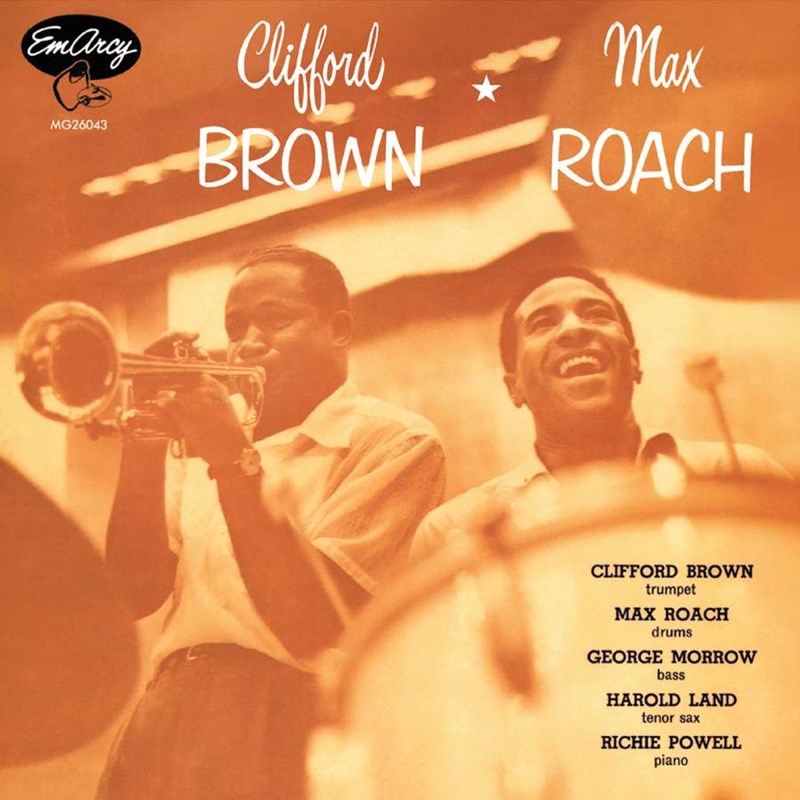
Brown (t), Harold Land (ts), Richie Powell (p), George Morrow (b) and Max Roach (d). Rec. 1954
Timing is everything. For two years this group was the cutting edge of modern jazz: by spring 1956 they had Sonny Rollins as the resident tenor alongside Clifford Brown’s dazzlingly innovative trumpet: Miles and Coltrane were still playing catch-up in their quintet. Then, a car crash claimed Brown and pianist Richie Powell and it was all over. This powerful set, containing classic interpretations of post-bop standards such as ‘Daahaud’, ‘Joy Spring’ and ‘Parisienne Thoroughfare’ is still the starting-point for post-Parker bop and mandatory listening for any subsequent trumpeter. The CD contains two alternative takes adding 10 more minutes of music. (KS)
Buy album from Presto Jazz
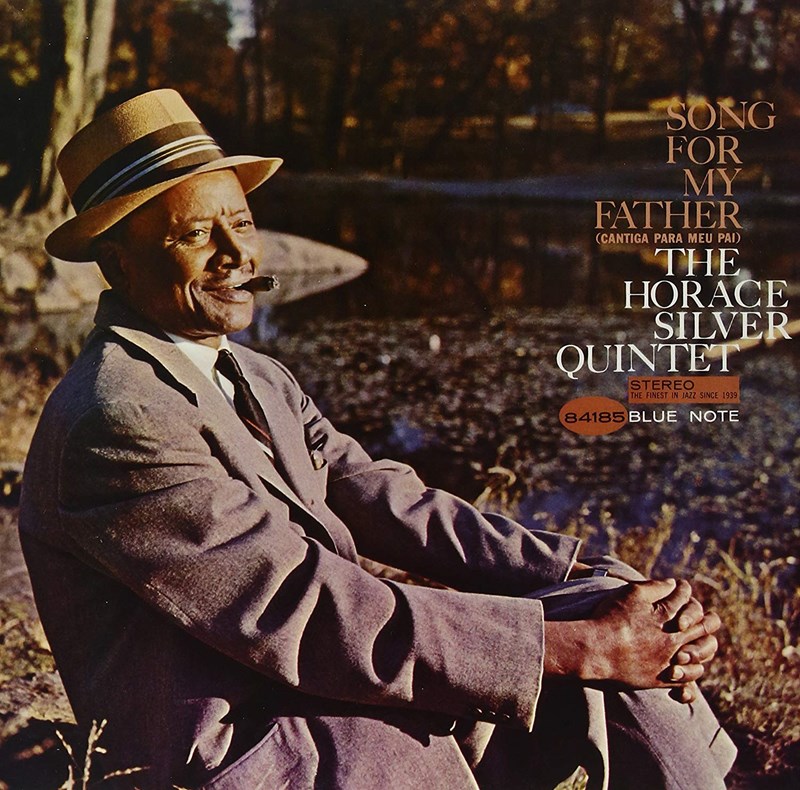
Silver (p), Blue Mitchell, Carmell Jones (t), Junior Cook, Joe Henderson (ts), Gene Taylor, Teddy Smith (b), Roy Brooks and Roger Humphries (d). Rec. 1963-64
For the five years he held his Junior Cook-Blue Mitchell quintet together, Silver had the perfect combination of his high-quality tunes and a band that had a magic interpretative touch. They all played for each other to such an extent that the group became one of the true 1960s greats. Song For My Father features this group on two tracks, but not on the famous title tune, which instead ushers in the brilliant but short-lived quintet featuring Joe Henderson and Carmell Jones. No cause to fear: all remains in place for a classic that still casts its spell. (KS)
Buy album from Presto Jazz
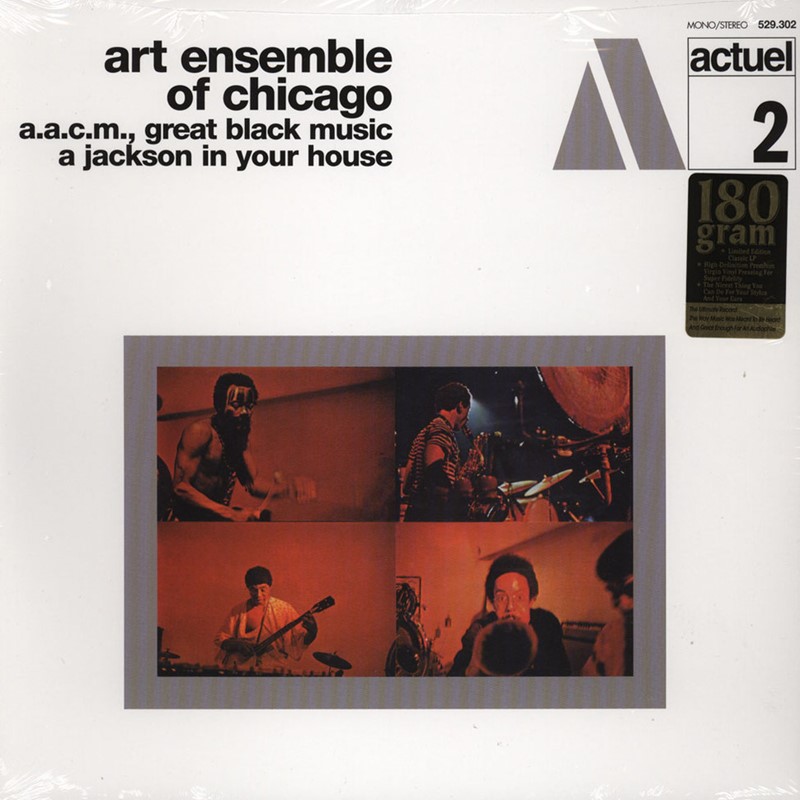
Lester Bowie (t, flhn, perc), Roscoe Mitchell (ss, as, bs, cl, fl, whistles, steel drum, perc), Joseph Jarman (ss, as, cl, oboe, mba, siren, g) and Malachi Favors (b, el b, banjo, log drum and perc). Rec. 1969
A spin on a fairground carousel that nevertheless stays on the side of art rather than entertainment. This was the record that showed that the sonic riot of the avant-garde wasn’t incompatible with riotous humour. Using anything from Dixieland riffs to bluesy drawls to classical intermezzi, AEoC create a mix-tape in which tempo, mood and idiom become shifting sands on a strange and beautiful landscape. Imagine William Burroughs cutting up sheet music instead of text and having skilled players somehow make the fragments sound coherent. A deeply subversive but sophisticated work that must have been highly informative to anyone from Zappa to Zorn. (KLG)
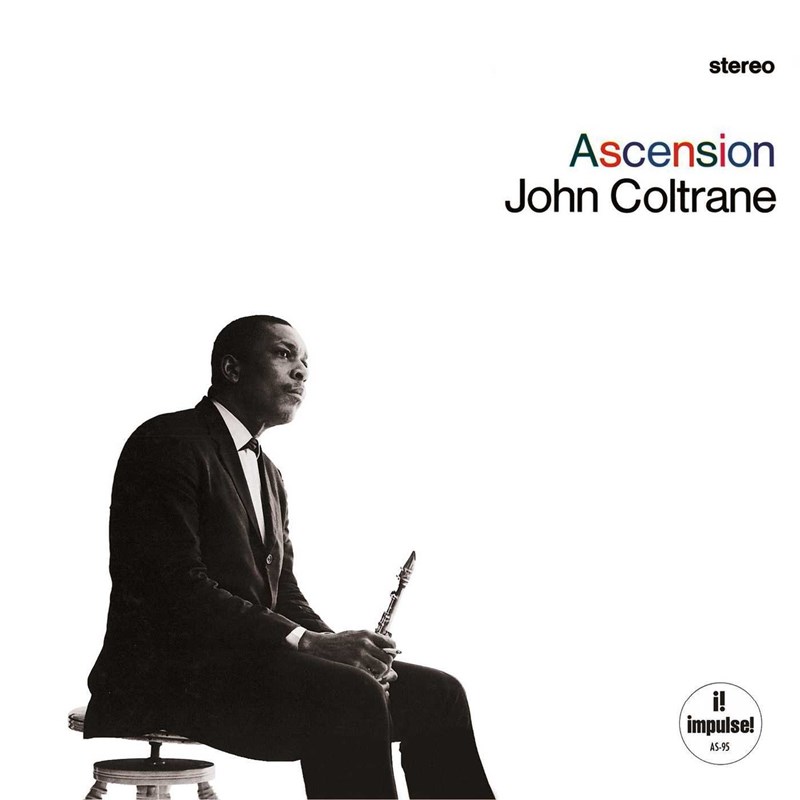
Coltrane (ts), Freddie Hubbard, Dewey Johnson (t), John Tchicai, Marion Brown (as), Archie Shepp, Pharoah Sanders (ts), McCoy Tyner (p), Jimmy Garrison (b) and Elvin Jones (d). Rec. 1965
Still an unruly, flawed, controversial, and deeply divisive album 40 years after its initial release, Ascension set the pace and the tone of the avant-garde music debate right through the back of the 1960s, quickly becoming a cutting-edge touchstone across the arts – even John Lennon told interviewers “of course I’ve heard Ascension” when asserting his late 1960s intellectual credentials alongside Yoko. Today, the music remains testingly difficult, the hell-hot fire and chaos from Trane’s supporting musicians a clear indication of the times it was made in, yet it’s a titanic date that changed jazz forever. (KS)
Buy album from Presto Jazz
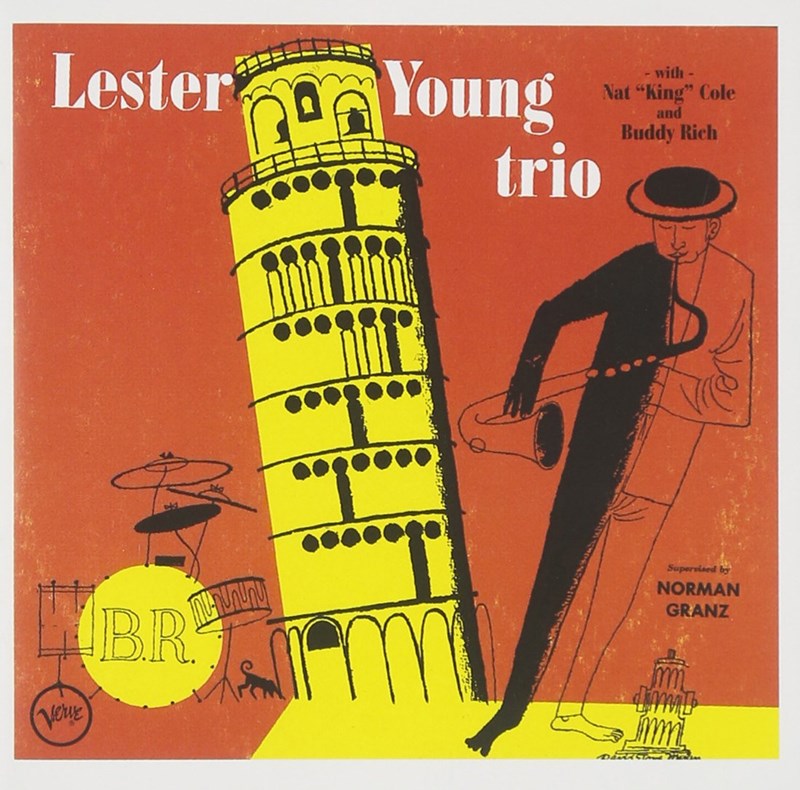
Young (ts), Nat King Cole (p) and Buddy Rich (d).
Rec. 1946
Young was past his creative peak by the time vinyl LPs became the norm for recording purposes, but luckily a young Norman Granz snuck this session in during 1946 while Young was signed elsewhere, then sat on it until he signed Young himself in 1952. It catches Young in absolute peak mid-career form, accompanied by Nat King Cole on piano and Buddy Rich on drums. With the spotlight for once firmly on Young himself, the intimate date exhibits all Young’s soul, elusive melodic and rhythmic invention, down-home drive and unearthly delicacy and shows just why he was Charlie Parker’s early idol. (KS)
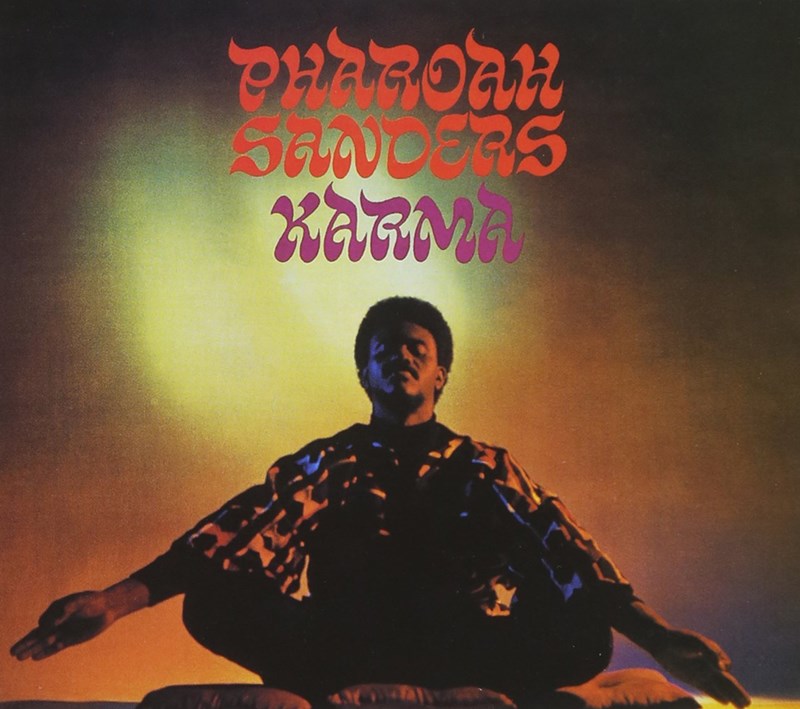
Sanders (ts) Leon Thomas (v, perc), James Spaulding (fl), Julius Watkins (Fr hn), Lonnie Liston Smith (p), Richard Davis, Reggie Workman, Ron Carter (b), Freddie Waits, William Hart (d) and Nathaniel Betis (perc). Rec. 1969
What a sleeve! The saxophonist’s meditative pose against a hazy burnt orange sun posits Karma as a healing sound for love children alarmed by the bomb, the bullet and the ballot. Coming out of the universal consciousness of mentor John Coltrane and borrowing some of the celestial majesty of his widow Alice, Sanders gets modal-hymnal on the enduring ‘The Creator Has A Master Plan’ and dazzlingly abstract on ‘Colors’. These heady cosmic grooves fed the creative fire of anyone from Roy Ayers to Lonnie Liston Smith in the 1970s and inspired the more discerning purveyors of pro-tools instrumental music such as The Cinematic Orchestra in the millennium. (KLG)
Buy album from Presto Jazz
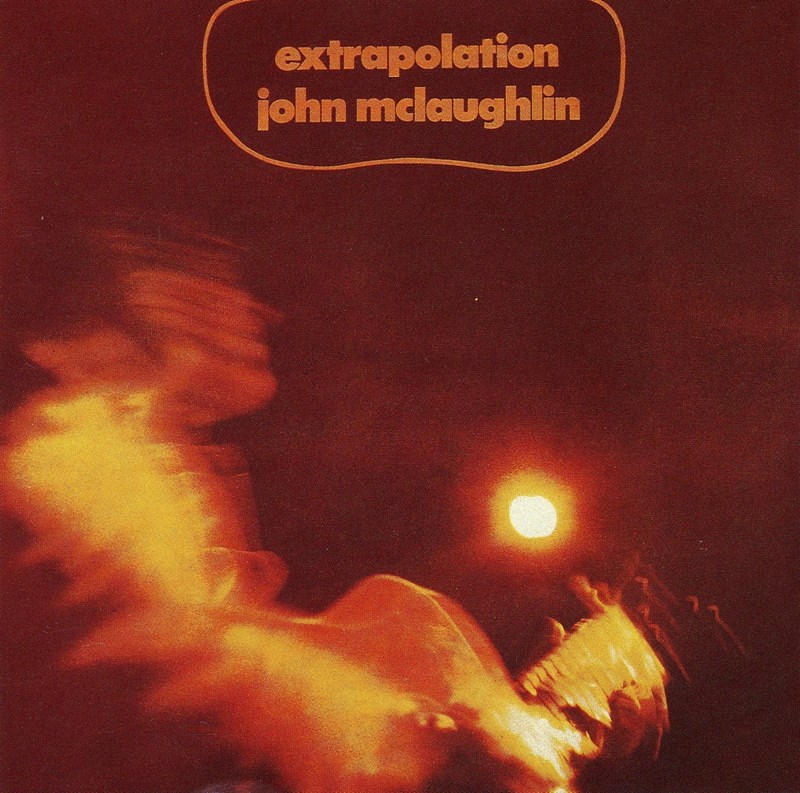
John McLaughlin (g), John Surman (bs, ss), Brian Odges (b) and Tony Oxley (d). Rec. 1969
The 1960s was a decade when British jazz emerged with a strong identity with classic albums from the likes of Mike Westbrook, Michael Garrick, Don Rendell-Ian Carr Quintet and Mike Gibbs to name but a few. But Extrapolation is the most prophetic, not only as a stepping stone in McLaughlin’s career – from Extrapolation to Tony Williams’ Lifetime to Bitches Brew to the Mahavishnu Orchestra are indeed surprisingly small strides – but for how change in jazz in the late 1960s and early 1970s would shape up. This mixture of freedom (often “time, no changes”) and structure as well as the increasing sense of identity in McLaughlin’s playing framed by Surman and Oxley make for compelling listening. (SN) Re-issued on Polydor CD.
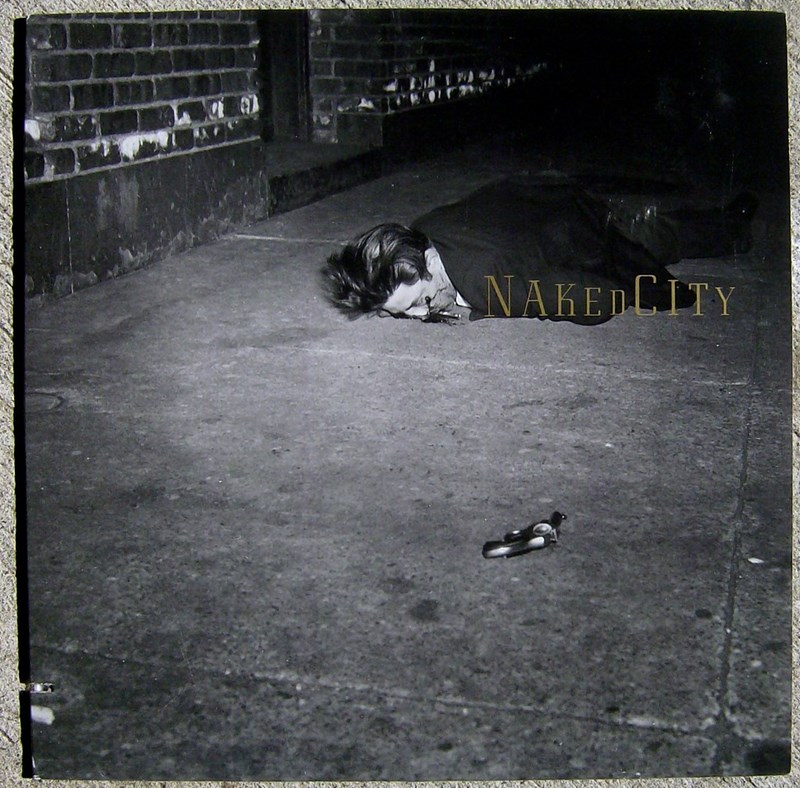
John Zorn (as), Bill Frisell (g), Wayne Horvitz (ky), Fred Frith (b) and Joey Baron (d). Rec. 1989
This is a superb example of post modern jazz. Zorn, the arch post modernist, expropriated practices, fragments and signifiers of different, sometimes alien music and relocated them within his own brash expressionism. Thus there’s fleeting references to jazz, blues, surf guitars, film noir moods, country music plus short, sharp noise shocks all made possible by Bill Frisell’s versatile guitar. Using segue-like channel zapping on TV, one mood is thrust in harsh disjunction with another. The only thing certain about postmodernism is uncertainty, so we should pay attention to this music, because uncertainty in an uncertain world is shaping all of us. (SN)
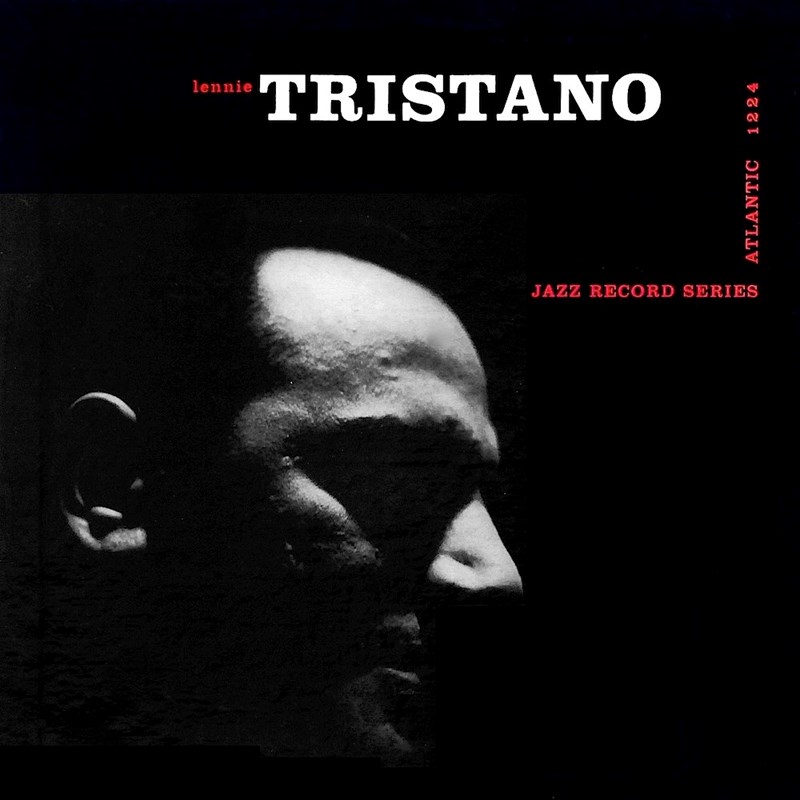
Tristano (p), Lee Konitz (as), Peter Ind, Gene Ramey (b), Jeff Morton and Art Taylor (d). Rec. 1955
Theorist, teacher, creative thinker and virtuoso pianist, Tristano had advanced and very firmly held views about what constituted good playing practice. He expected his musicians to adhere to such views and accept whatever discipline he imposed. That it worked for others can be heard in Lee Konitz and Warne Marsh, and that it was influential can be discerned through Bill Evans’s absorption of Tristano’s methods. But Tristano’s own audience remained tiny, this Atlantic album containing his moving elegy to Charlie Parker, ‘Requiem’, and his controversial multi-tracking of his own piano lines, ‘Line Up’, providing a brief moment when everyone sat up and took notice. (KS)
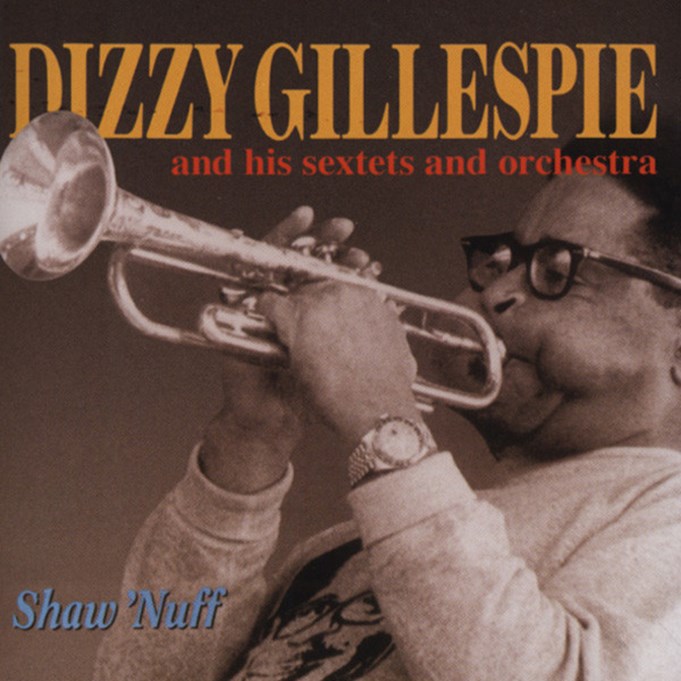
Gillespie (t), Charlie Parker, Sonny Stitt (as), Dexter Gordon (ts), Clyde Hart, John Lewis, Frank Paparelli (p), Milt Jackson (vb), Chuck Wayne (g), Ray Brown, Curly Russell, Slam Stewart (b), Sid Catlett, Kenny Clarke, Cozy Cole, Shelly Manne (d) and Sarah Vaughan (v) plus many others. Rec. 1945-6
Those who only know Gillespie from his 1950s efforts onwards can have no conception as to the veritable force of nature his trumpet playing was in the 1940s. This CD collation of the earliest sides under his leadership, made for tiny labels such as Guild and Musicraft, will have your jaw sagging in amazement as he consistently delivers ideas that top even those of Parker. Just to keep it interesting, Gillespie also wrote some of the most enduring bop anthems, and many of them get their first outings here. These sessions, like the Parker Savoys, are the holy tablets of bop. (KS)
Buy album from Presto Jazz
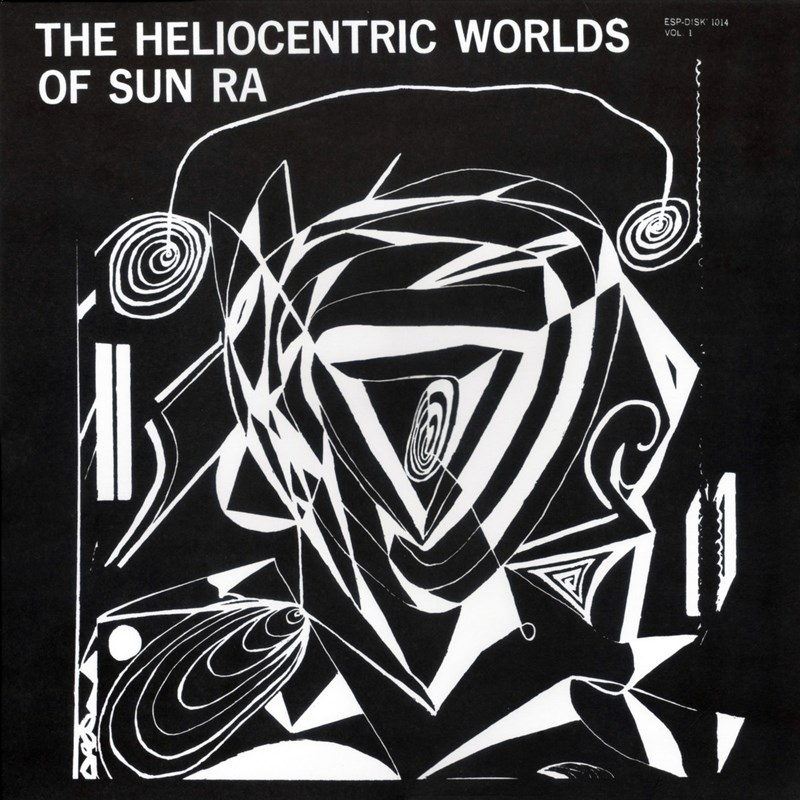
Sun Ra (p, mba, cel, perc), Chris Capers (t), Teddy Nance (tb), Bernard Pettaway (b tb), Danny Davis (f, as), Marshall Allen (picc, as, perc), Robert Cummings (bcl, perc), John Gilmore (ts, perc), Pat Patrick (bs, perc), Ronnie Boykins (b) and Jimhmi Johnson (perc). Rec. 1965
Ra had been making albums for his own label Saturn for a decade by the time this one slipped out via ESP-Disk, but this was the first to make a wide impact due not only to the unprecedented nature of the music (some tracks sound closer to Tibetan Buddhist music than anything being played in the America at the time) but also to the fact that ESP-Disk, a tiny label making a big noise at the time, actually got distributed outside of Chicago and New York and even made a splash internationally. Ra was on the vinyl map and never looked back. Next stop, Jupiter. (KS)

Rollins (ts), Jim Hall (g), Bob Cranshaw (b), Ben Riley and Harry Saunders (d). Rec. 1962
There is a curious reluctance for some to acknowledge that Rollins came back from his 1959-61 voluntary exile a more complete and fascinatingly complex musician. The Bridge is enduring testimony to that fact: he has shed all stylistic baggage, leads from the front, plays with a new poise and freshness and with a unique identity that has stayed intact up to the present day. Although late-50s Rollins may be the stuff to get the critics panting, this was the template for all future Rollins creative ventures, whether they be avant-garde or retro or just plain Sonny. Unbeatable music. (KS)
FeatureSonny Rollins: Albums That Shook The World
Buy album from Presto Jazz
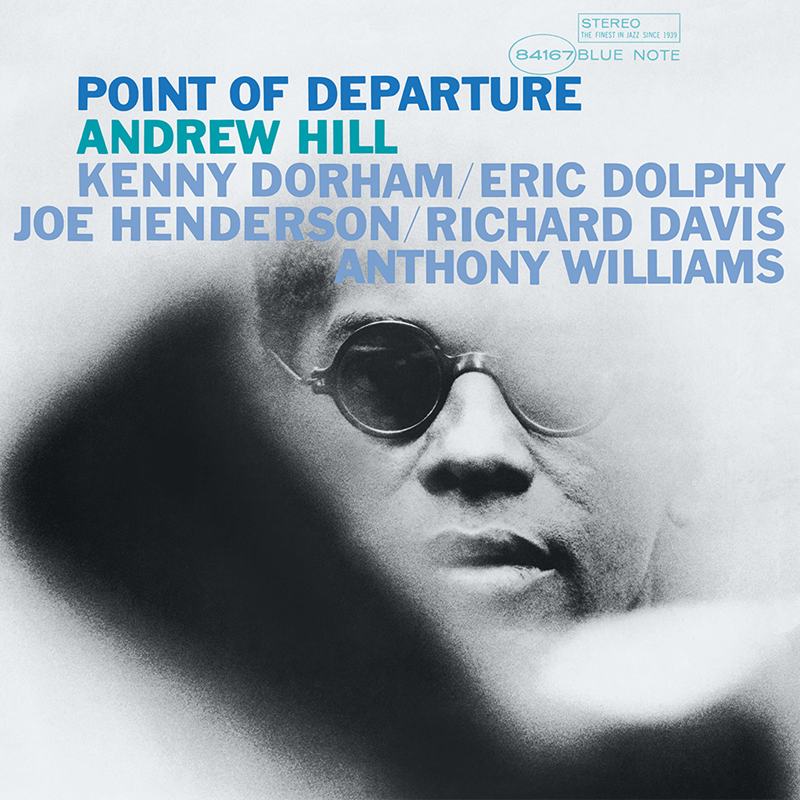
Hill (p), Kenny Dorham (t), Eric Dolphy (f, as, bcl), Joe Henderson (ts, f), Richard Davis (b) and Tony Williams (d). Rec. 1964
Hill’s is of course a multi-faced talent – a brilliant pianist and improviser, he is also one of jazz’s outstanding composer-arrangers. This album emphasises the latter talents: he uses his highly personal sense of composition and instrumental colour much as Jelly Roll Morton did back in the late 1920s, bringing out sensational new sonorities and ideas between the select group of musicians he is using here and goading them to some of their most eloquent playing, individually and collectively. When those musicians include the front line we have here, that makes for some very special music indeed. Depending on which CD version you come across this can be a straight version of the vinyl original or contain two extra alternative takes. (KS)
Buy album from Presto Jazz
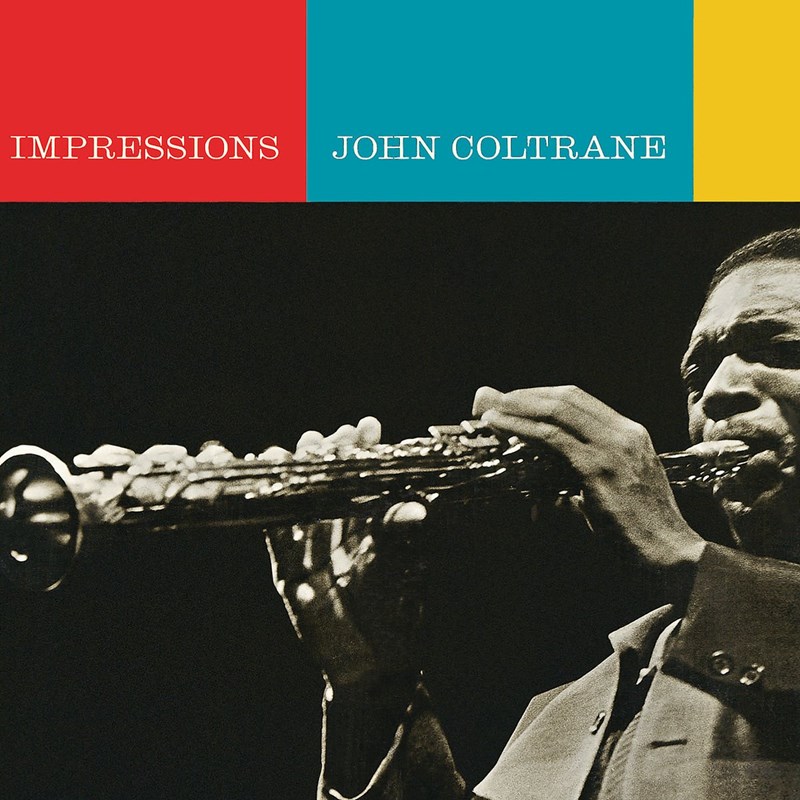
Coltrane (ss, ts), Eric Dolphy (bcl, as), McCoy Tyner (p), Reggie Workman, Art Davis, Jimmy Garrison (b) and Elvin Jones (d). Rec. 1961 and 1963
This was Coltrane’s second scoop into the Aladdin’s cave of music he’d made at the Village Vanguard in November 1961. The first, released as At The Village Vanguard in 1962, had whipped up a storm of criticism and, through the blues ‘Chasin’ The Trane’, served notice to a new generation about the music to come. This one went even further – India threw open the floodgates to the east in jazz, while ‘Impressions’ is 14 minutes of solid gold inspiration from Trane and Elvin. The 1963 studio fillers, ‘Up Against The Wall’ and ‘After The Rain’, are two exquisite musical punctuation points. (KS)
Buy album from Presto Jazz

George Russell (comp, arr, boombams), Art Farmer (t), Hal McKusick (as, f), Barry Galbraith (g), Bill Evans (p), Milt Hinton, Teddy Kotick (b), Joe Harris, Paul Motian and Osie Johnson (d). Rec. 1956
One of the most important jazz albums ever. Using just six players, Russell achieves wonderful orchestral textures within these 12 compositions, thanks partly to guitarist Galbraith, and introduces the world to modal jazz (and Bill Evans) en route. Strange new harmonies, polyrhythms, pantonality and extended composition – with Russell and Gil Evans, jazz just became a complete new zone of potentialities. More influential on the jazz community directly, on Miles, Coltrane and Oliver Nelson, than through its sales, this is the one that so many musicians still check out. A masterpiece of small group playing and a masterclass on the role of composition in the music. (DH)
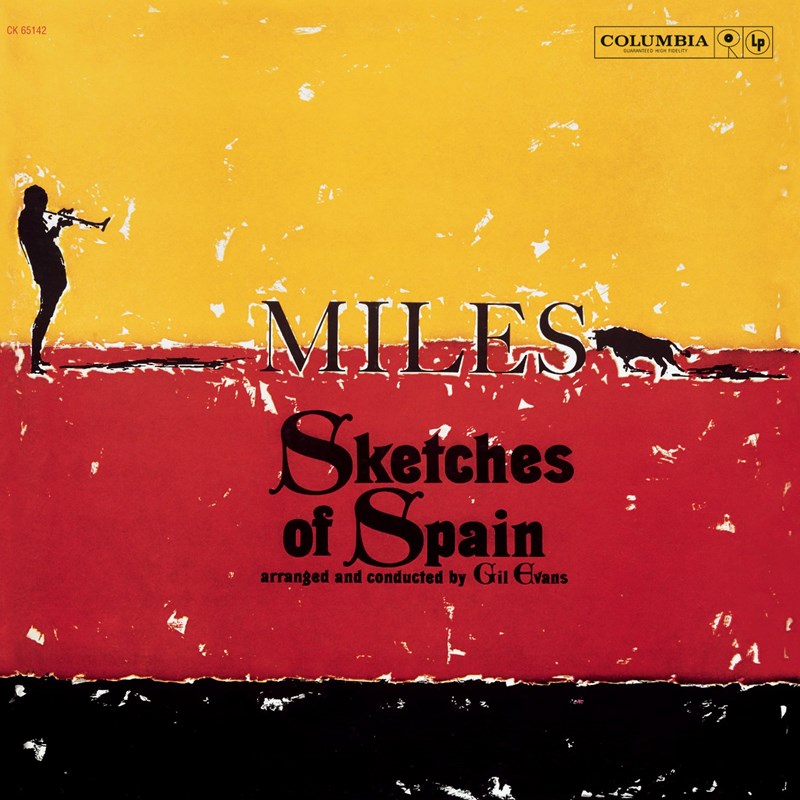
Davis (t, flhn), orchestra and Gil Evans (cond, arr). Rec. 1960
Miles already had two bona-fide large-group masterpieces for Columbia down in the plus column with Miles Ahead and Porgy & Bess by the time he and Gil Evans assembled this finely-drawn re-workings of classical pieces of music generally associated with Spain. At its core is the brooding central movement from Rodrigo’s Concierto de Aranjuez, but the poignant lyricism and incandescent colours Miles and Gil invest the other pieces, including a rare Evans original, with a singularity of vision and intent that makes this a burningly bright and unified achievement. Once more they’d broken the mould, for themselves and everyone else. (KS)
ReviewMiles Davis – Sketches Of Spain (50th Anniversary Edition) ★★★★★
Buy album from Presto Jazz
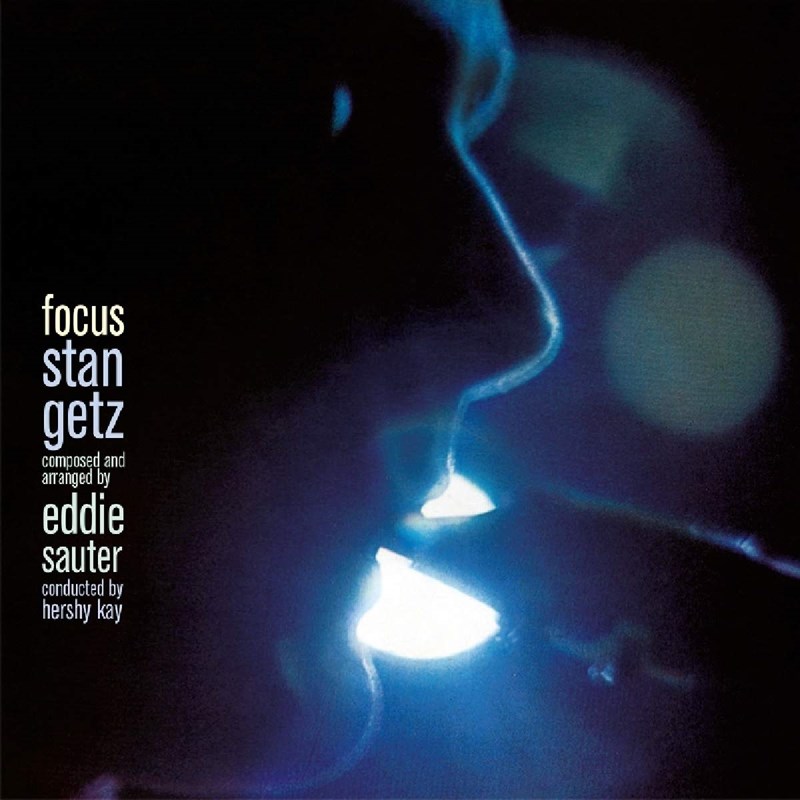
Getz (ts), Roy Haynes (d), chamber string group and Hershey Kay (cond). Rec. 1961
Nothing in the history of jazz soloist-plus-strings recordings could prepare the uninitiated listener for what this album delivers. Getz’s commission to his favourite arranger/composer Eddie Sauter was completely open-ended. What Sauter delivered was a suite that stood up as music independently of anything Getz might add melodically but that left him plenty of room to create the most gorgeous tapestry of sound and emotion, interweaving between all the richness of Sauter’s lean, expressive scores. Focus stands in glorious isolation even within the jazz tradition but is a certifiable classic within the genre that others still cite in awe. (KS)
Buy album from Presto Jazz
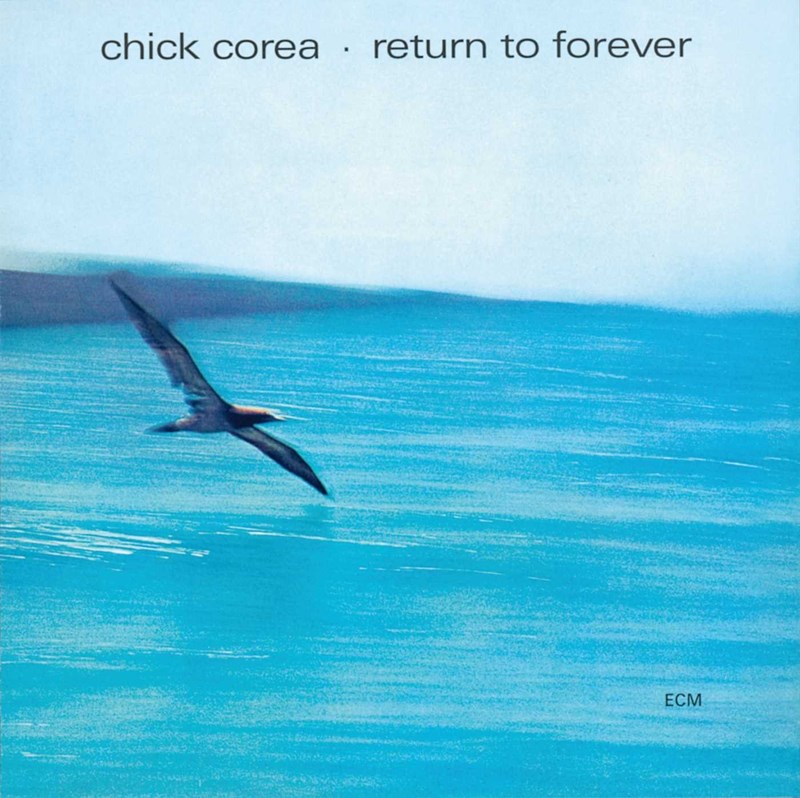
Corea (el p), Joe Farrell (f, ss), Stanley Clarke (el b), Airto Moreira (d, perc) and Flora Purim (v). Rec. 1972
By the time he made this date, Corea had worked his way through a heavy avant-garde phase and out onto the sunlit plains of his own latin-based musical imagination. It had always been there in his music, but now, marrying the élan and high spirits of Flora Purim and Airto with his own naturally ebullient and melodically uplifting inclinations, Corea suddenly not only stepped forward himself past the stentorian gloom and machismo of the other fusioneers of the day, but redefined exactly what latin jazz should be about. Intoxicating music played by masters makes this an era-defining milestone. (KS)
Buy album from Presto Jazz
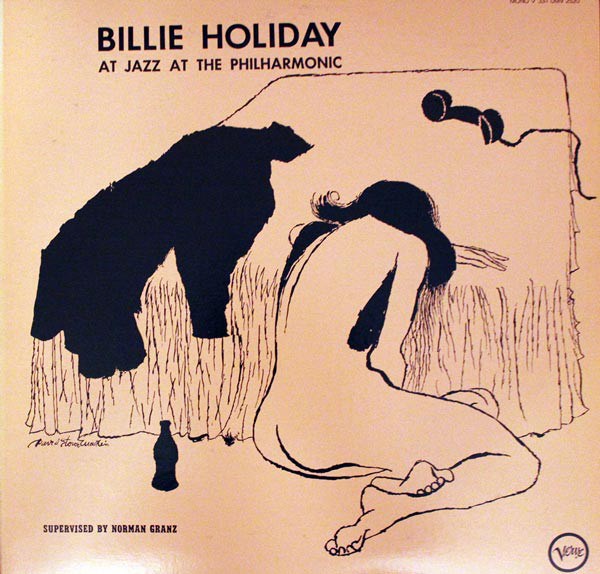
Holiday (v), Howard McGhee, Buck Clayton (t), Trummy Young (tb),Willie Smith (as), Illinois Jacquet, Wardell Gray, Coleman Hawkins, Lester Young (ts), Milt Raskin, Ken Kersey, Tommy Tucker (p), Charles Mingus, Al McKibbon (b), J.C. Heard and Jackie Mills (d). Rec. 1945-47
People call Billie Holiday THE voice of jazz. However, her discography on vinyl is convoluted: her 1930s 78rpm output, where she was normally a featured singer rather than the star, had to wait until the 1960s to appear in any ordered way and the 1990s to appear substantially on CD. Ditto her 1940s Deccas. By the time she settled with Verve in 1952 her voice had darkened and lost its suppleness. This set of live performances from the mid-40s, however, finds her in good musicianly company, vocally at a peak and expressively in the mood to sweep all before her across a classic selection of material, including ‘Strange Fruit’ and ‘Billie’s Blues’. The CD configuration more than doubles the amount of material originally available on vinyl, though the sound quality on some of the “new” tracks is not exactly brilliant. (KS)
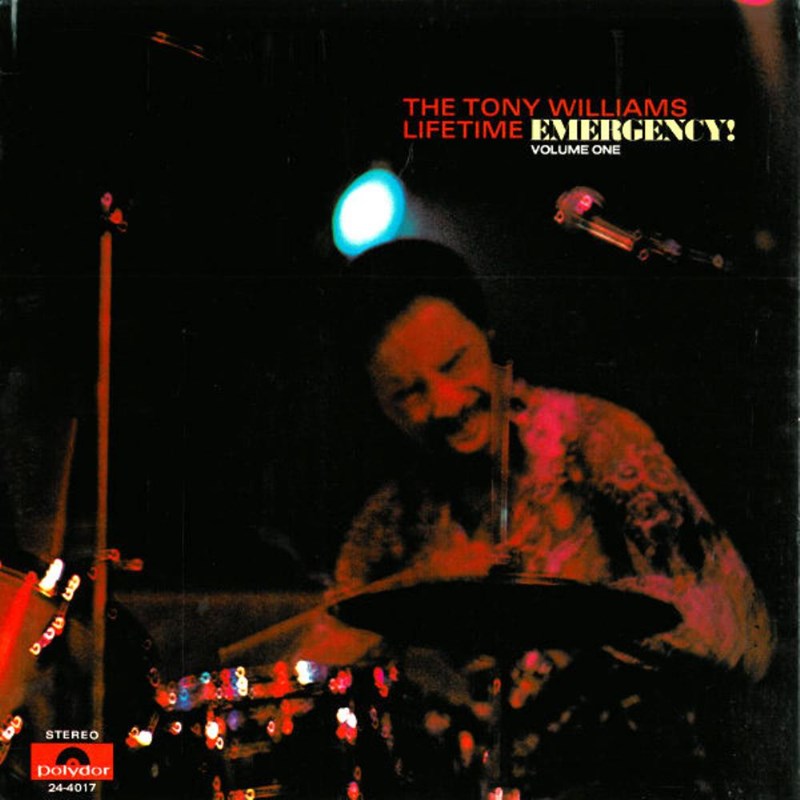
Tony Williams (d), Larry Young (org) and John McLaughlin (g). Rec. 1969.
This bold attempt to expand the boundaries of jazz in a dramatic jazz, blues, rock, Hendrix, MC5 amalgam left temperate listeners shell shocked and critics speechless. Today, the mere mention of jazz-rock prompts cries from establishment critics of “sell-out,” but if this is selling-out, then maybe they should consider another line of work. This is jazz, rhythm and electricity writ large in a tumbling roller coaster of ideas. No wonder the album was called Emergency, with every member of the band having so much to say but so little time to say it.(SN)
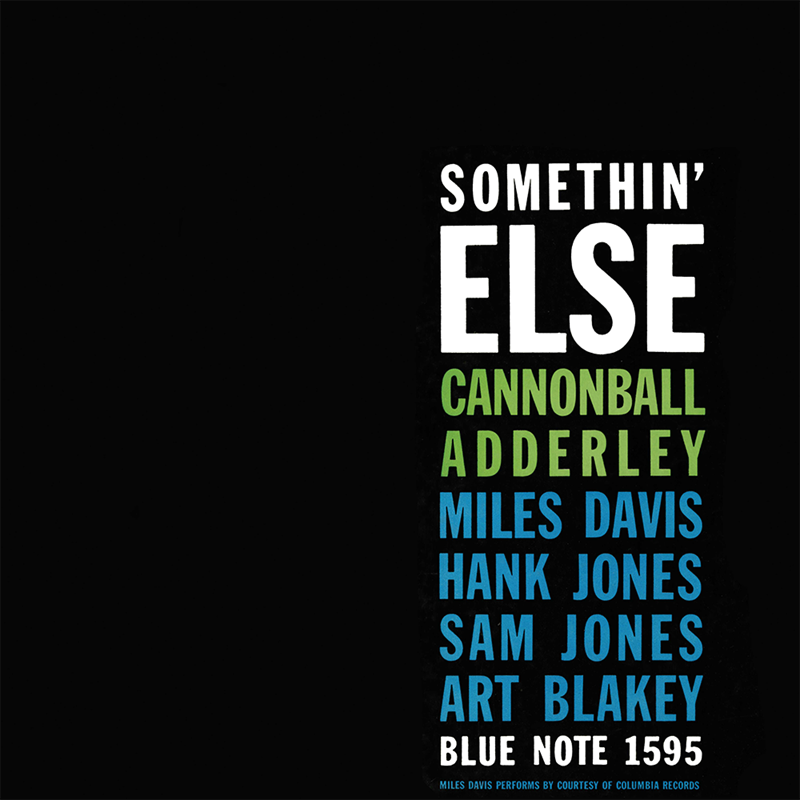
Adderley (as), Miles Davis (t), Hank Jones (p), Sam Jones (b) and Art Blakey (d). Rec. 1959
Adderley was about to push into the soul-jazz era when he made this one-off for Blue Note. In a sense it was a vale to what had passed between the altoist and Miles Davis during the time they shared the bandstand in the Miles Davis Sextet, complete with Miles’ compulsive borrowings from Ahmad Jamal and the delicate balance struck between the beautiful simplicity of the emerging modernist simplicity and Cannon’s natural ebullience. Miles got the altoist to shine through ballads and burnished blowing throughout, complementing in fine style while the rest of the crew kept a discreet distance. The Blue Note RVG version contain an extra track from this session. (KS)
ReviewCannonball Adderley – Somethin' Else
Buy album from Presto Jazz
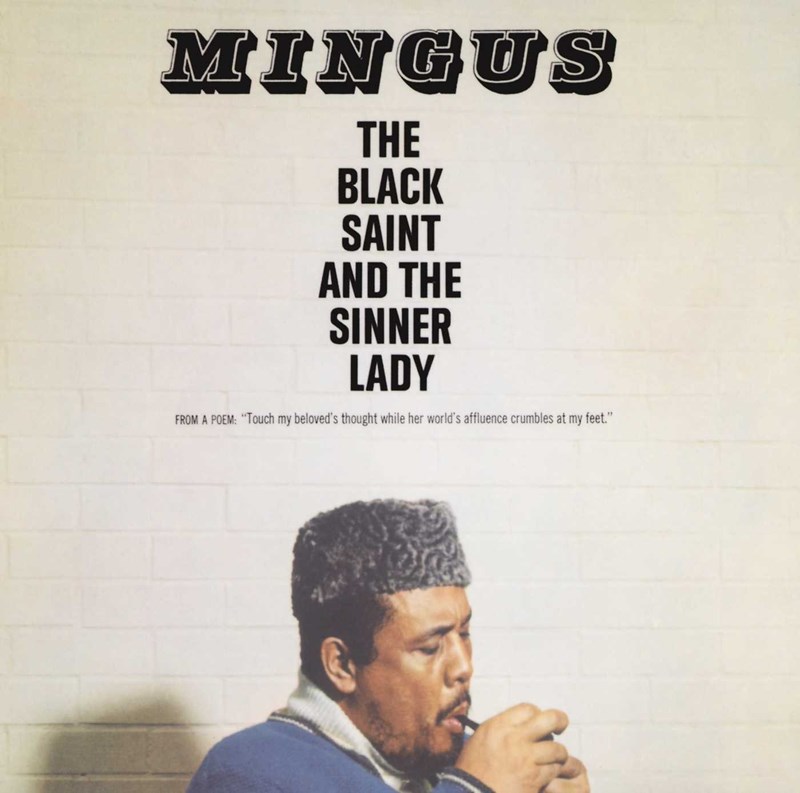
Rolf Ericson, Richard Williams (t), Quentin Jackson (tb), Don Butterfield (tba), Jerome Richardson (fl, ss, bar s), Dick Hafer (fl, ts), Charlie Mariano (as), Jaki Byard (p), Jay Berliner (g), Charles Mingus (b, p) and Dannie Richmond (d). Rec. 1963
Maybe you have to acquire a taste for Mingus before getting to this, but I’ve known people with significant non-Mingus backgrounds fall headlong for it at first hearing. Whether you come from Ellington or from Coltrane or from blues-bands, there’s stuff from this almost continuous suite to captivate you. Even techno fans – no sampling as such – will find early creative use of editing, recycling and overdubbing. Even more creative is the work of soloists such as Jackson, Byard and the amazing Mariano (later of ECM and all points east), and the unaccompanied flamenco guitar part apparently written note-for-note by Mingus himself. (BP)
Buy album from Presto Jazz
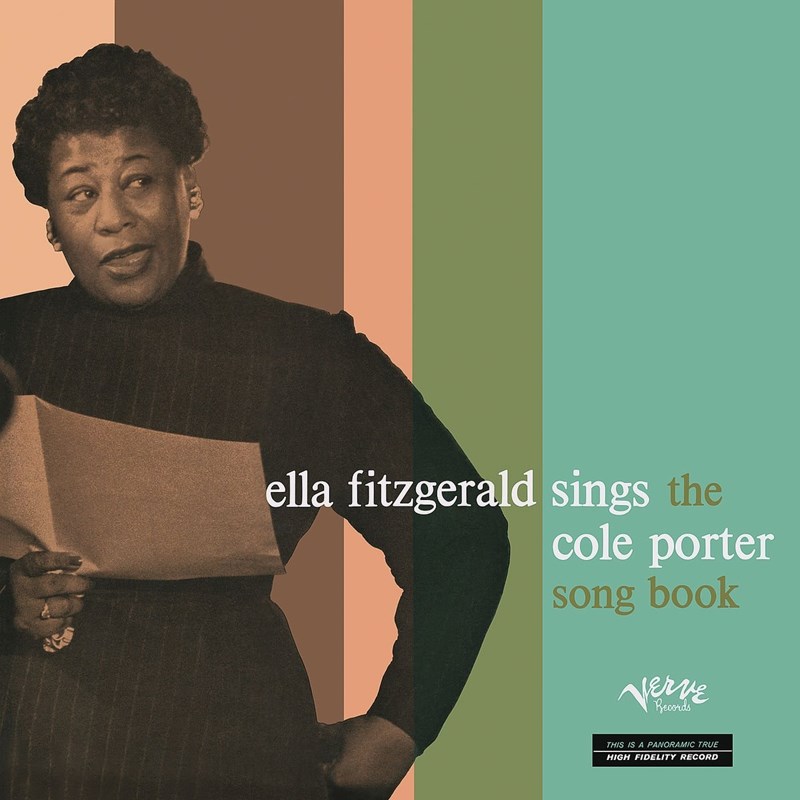
Fitzgerald (v) and the Buddy Bregman Orchestra. Rec. 1956
Norman Granz had long cherished the ambition to have Ella recording for his label but had to wait until 1956 to make the signing. His first project for her was to record as many Cole Porter songs as they could lay their hands on in large ensemble style and release them (initially as volumes one and two) on an unsuspecting but quickly enraptured public. The idea caught on and Ella kept doing composer songbooks well into the 1960s. Nobody did it better, even though it could be said that Sinatra’s studious avoidance of such anthologies produced the greater individual legacy. (KS)
FeatureElla Fitzgerald: essential recordings
Buy album from Presto Jazz
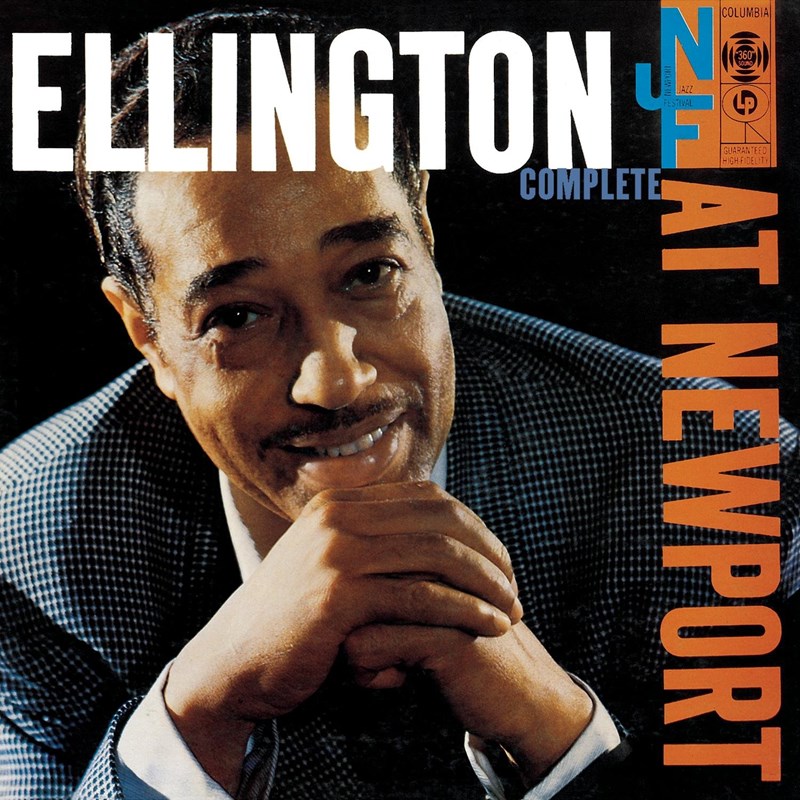
Ellington (p), Willie Cook, Ray Nance, Clark Terry, Cat Anderson (t), Britt Woodman, Quentin Jackson, John Sanders (tb), Johnny Hodges, Russell Procope (as), Jimmy Hamilton (cl, ts), Paul Gonsalves (ts), Harry Carney (bar s), Jimmy Woode (b) and Sam Woodyard (d). Rec. 1956
Ellington often acknowledged that the 1956 Newport Jazz Festival offered him a virtual rebirth in terms of his in-person and recording career but there is little doubt as to why. Apart from the on-site near-riot after the conclusion of ‘Diminuendo And Crescendo in Blue’, this is a well-paced record for a lounge-chair audience wanting to know what the excitement was all about. The fact that 60 per cent of the original (including just about all of The Festival Suite) was recorded in the studio in the following days due to onstage microphone problems was only confirmed decades later. The original vinyl had just three tracks: this was also the original CD configuration. A later two-CD version combines much improved sound with the complete festival appearance, plus studio extras. (KS)
Feature: Such Sweet Thunder: inside Duke Ellington's literary world
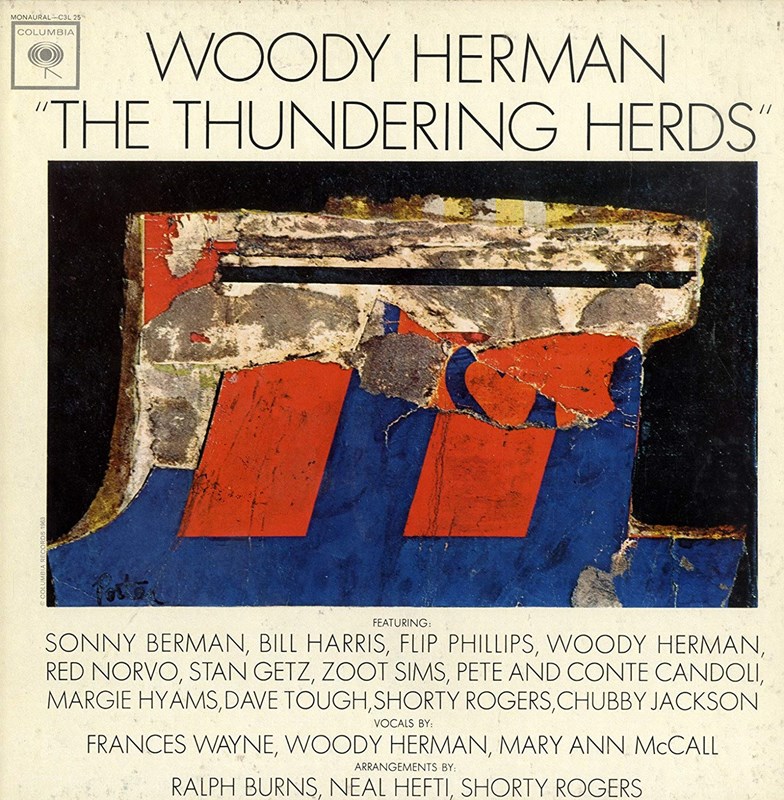
Herman (cl, as, v) Sonny Berman, Pete Candoli, Conte Candoli, Shorty Rogers, Conrad Gozzo, Ernie Royal (t), Bill Harris (tb), Sam Marowitz, John LaPorta, Flip Phillips, Pete Mondello, Herbie Steward, Stan Getz, Zoot Sims, Serge Chaloff (reeds), Margie Hyams, Red Norvo (vb), Ralph Burns, Jimmy Rowles (p), Billy Bauer, Chuck Wayne (g), Chubby Jackson (b), Dave Tough and Don Lamond (d). Rec. 1945-47
The 1945-47 Herman bands – they came to be known as the First and Second Herds – were 1940s big band punk, high on their own adrenalin, testing all the boundaries and playing stampeding music that remains some of the most exciting of the last fifty years, whatever the genre: these guys took the sophistication of Ellington, grafted it on to the bone-chilling excitement of the Gillespie big band soloists and anchored it with the insanely swinging rhythm section of bassist Chubby Jackson and drummer Dave Tough. This set, first pulled together on vinyl in the 1960s and re-jigged many times on LP and CD since, preserves the best of a truly great big band and its leader. (KS)
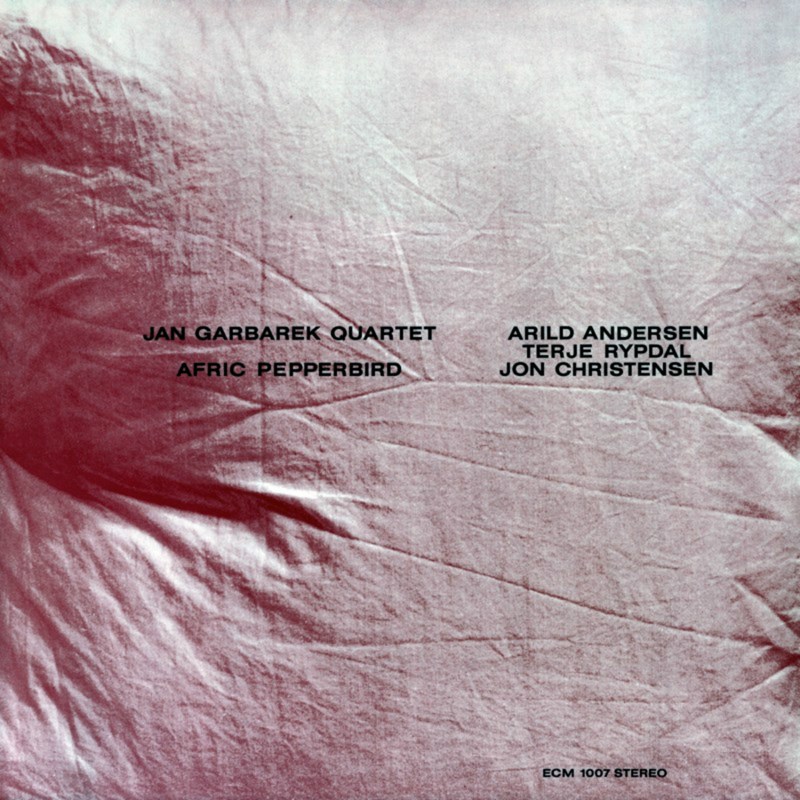
Jan Garbarek (ts, fl), Terje Rypdal (g), Arild Andersen (b) and Jon Christensen (d). Rec. 1970

0 thoughts to “The manhattans discography torrent download”